Ever since the Moto E was launched by Motorola, now the subsidiary of Lenovo, the lowest end of the budget segment has caught attention of every well-known OEM. And Lenovo is one such OEM, who is keen to entice low-end user segment, where Android One are a great presence too, although it’s indeed quite late to the party of $100 approx. android phones. Huawei though, acted quicker and launched the Honor Holly back in October ’14, a great phone and A6000’s main competition for now, until at least the new Moto E checks out the industry again.
Update: Read: 7 ways Lenovo A6000 beats the new Moto E
Not that there is any dire lack of competition — in fact, there is little breathing space than ever. At the price of INR6,999, Lenovo A6000 is not far from the budget range’s one of the best, YU Yureka (INR8,999), and Xiaomi’s Redmi Note 4G (INR9,999), as they both are leaps and bound better than Lenovo’s offering in A6000.
Related: YU Yureka Review (9.5/10) | Xiaomi Redmi Note 4G Review (9.0/10)
Though, Lenovo A6000 does packs in some serious punch whether you’re talking about hardware or software. The Lollipop update is arriving soon for Lenovo A6000, while its battery life is one of the best in the range, let alone the great 5-inch HD IPS display adoring the front. But is it enough for the A6000 to sell in numbers, large numbers?
In the nutshell…
|
the Good |
the Bad |
|
Impressive display! |
Notification LED is badly missed |
|
Excellent battery life |
Dolby Digital Plus doesn’t deliver much |
|
Good camera performance |
|
|
VIBE UI packs interesting features, Lollipop update coming later |
|
|
Looks and feels great, slim and relatively light |
|
|
LTE |
the neither-Good-nor-Bad:
- Performance is not bad, but 1GB RAM shows its limitation
- Decent dual-loudspeaker
Design
I really like Lenovo A6000’s design. It’s sleek, slim (just 8.2mm thick), all-black and very sober, in a segment where you normally see bulkier and funkier designs. See what Samsung and HTC have on offer in this range to get an idea of the beauty Lenovo A6000’s simpler design brings to the plate. It feels so light, too, because it is, weighing in at just 128 grams. There’s lot to like about A6000’s design: the soft-finished plastic back is decent enough, doesn’t screams cheap, and even though it’s not as soft as that of Yureka, it’s good to hold, enough that it won’t remind you of its price. Slim bezels and less-rounded corners also make it look attractive.
You’d find the microUSB port and 3.5mm jack on the top side of the phone, while right side features the volume rocker and power button with very good tactile. The buttons are not extra-soft as we found on Yureka for example, or any other high-end devices, but there are easy-enough to press. You won’t complain while using them, that’s for sure. The buttons are the part of the A6000’s back cover, and are made of plastic with same soft-finish of the back applied. The bottom and left side are empty, as you’ll find the dual speaker on the device’s back, whose top left corner is home to camera, led light and secondary mic, in that order, vertically — which looks great, the round camera and the whole setup with led light mimics Sony Xperia’s design.
One the front, glass covers all of it, covering the earpiece and secondary camera at the top — no LED Light, btw! — and the three capacitive buttons located right below the display, perfectly aligned, but aren’t back-lit, FYI.
Design Score: 8.5
Display
The 5.0″ HD display that graces the Lenovo A6000’s body front and centre, is an incredible one, more so at this price. The fact that it doesn’t have any protective layer like Gorilla Glass is the only concern, rest all is pretty good. It’s super bright, and working under the sun is quite good too. And it’s quite crisp, helped by the HD resolution and the resulting 294PPI.
The viewing angles are great, and even though it gets smudgy easily, we overall just love it. In fact, the display is one of the main selling point of the Lenovo A6000.
Now, about the color production. Well, it’s really, really good. Very true. We laid our Lenovo A6000 besides the LG G3, Xiaomi Redmi Note 4G and YU Yureka for comparison, and took some shots too for you and your eager eyes. Find them right below.
Lenovo A6000’s display produces colors in true fashion, which means, it’s not a saturated one. Check out the YU Yureka above, which is quite saturated one, like the Samsung Galaxy S5, as we stated in our review of it, and you can spot the difference in the screenshots of these games. Fans of true colors who also dislike saturation would definitely sing praise of this display all day long.
Touch response of the display is fantastic, no issues whatsoever, no matter how many quick continuous up and down swipes we threw at it.
Display Score: 9.5
Hardware/Performance
With 64-bit Snapdragon 410 processor in tow, coupled with 1GB RAM, 8GB internal storage, OTG support and LTE, you cannot complain about the hardware side of the Lenovo A6000. Even though it lacks NFC and more importantly, the notification LED — though, the latter is more sorely missed. But let’s dive into how this hardware actually performs in real world scenario.
Well, Lenovo A6000 doesn’t leaves us complaining. It performs quite well whether you are multitasking, browsing on Chrome (or pre-installed UC browser) or simply playing games. Animations roll out perfectly for the most part and no frame skips occurred, either. Even the graphic intensive games like are playable, though, you may need the settings to Medium in case of games like Asphalt 8.
But, sadly, it’s not like we didn’t encounter any lags or stutters, ever. Sometimes, the slight delay is visible and it mostly happens when you’re opening an app (not already in Recent tasks), especially, resource-demanding Chrome browser in my case. In Chrome, the Tabs screen, which gets you all opened tabs, resulted in jerks, both when laying down all five opened tabs for me, or when I swiped right or left to remove a tab. It’s not everytime, btw, and the very Chrome app does gets smooth after a while, whatever be the reason (system clearing RAM for it?), but yikes, it’s easily reproducible. Btw, it needs mention that I’ve got some 7-8 apps (of the total 20-21 apps installed) running continuously in background (Swipepad, Pushbullet, News+, Forza, etc.) that combined with everything else, is resulting in only 84MB of free RAM, out of 1024MB. Yes, it’s the cause of stutters and slowdowns I had to bear with. But if you can use a light launcher, and a lighter browser, you won’t face these issues.
Anyway, performance is not a concern, as at other times, it would just snap to new apps pretty quickly. Of course, not as snappy as high-end phones, or a budget-one like Yureka, but it’s good, very good for its price.
And, browsing is super speedy. Using the very Chrome browser that resulted in some lags for me, I compared it side-by-side to LG G3 by opening the same webpages at the same time on these two, and it performed quite well, only 1-2 seconds behind the machine we know of as G3. That’s super cool, in case you didn’t get it.
I was particularly amazed by the lack of overheating on Lenovo A6000. Whether I was running the A6000 through the gamut of benchmark apps, or playing games or simply talking for a long, long time, its body didn’t heat up at all, even when it would have been quite expected, if I’m to base my expectations on my interactions with smartphones till date. Lenovo A6000 surely got one cool head, really cool!
The dual loudspeaker mounted on Lenovo A6000’s back do churn out pretty decent sound, mostly because it’s blessed with Dolby Digital Plus sound, but it lacks the bass which we’d hoped for. That’s not bad, but it would have sealed the deal really, if it came any close to Xiaomi Redmi Note 4G’s sound, but it does betters the YU Yureka’s loudspeaker. I also like the auto-brightness tinkering in the A6000, as it’s fast to change the brightness based on lighting, and pretty accurate too.
Hardware/Performance Score: 8.0
Camera
You cannot expect the 8MP snapper adoring the Lenovo A6000’s back to snap up any breathtaking shots, which it doesn’t anyway, but it doesn’t disappoint, either. In case you missed it, it does implies that the camera is quite good for its price. Outdoor under-the-sun shots, and indoor low-lighting shots, both are decent enough, without grain, while camera is reasonably quick in capturing the photos, too. The made-for-selfie-and-video-chat 2MP camera on the front is also pretty able one, for its price.
Though, the 8MP shooter lacks support for Full HD recording, so an HD 720p is the best you could score with A6000. Not that it would hurt any significantly because you wouldn’t want depend on a low-range device for a Full HD recording anyway. And 720p should be fine in cases you’d want to use it, the falling to two categories for the most part, casual and emergency.
Here are some shots that we took from Lenovo A6000, and also with LG G3, Xiaomi Redmi Note 4G and YU Yureka for comparison’s sake.
Camera Score: 8.0
Battery Life
Amazing! Lenovo A6000 somehow works wonders with its battery. Whether it’s down to Lenovo optimizing the battery for A6000 on its VIBE UI, or just luck, we’re liking what we’re getting under one full charge. You can expect the battery to last you a full day with ease, while very light weight users could also see a day and a half or two.
Battery Life Score: 9.0
Software
Lenovo has been quick to promise the Lollipop update, set for release in March/April, but for now, A6000 runs Android 4.4 KitKat along with company’s take on custom UI, VIBE UI 2.0. The software experience on Lenovo A6000 is decent enough, going by both aesthetics and features, but it clearly lacks the punch. It’s not bad, but we’d prefer the looks and ease of use of stock Android UI more, like we get on YU Yureka thanks to Cyanogen OS. Asus Zenfone C scores here when compared to Lenovo A6000, because of its UI and extra feature set, even though A6000 has some cool features in the store too.
VIBE UI looks and works like MIUI for the most part, but it retains some of its stock Android UI roots too. So, you’ll see glimpses of Holo UI sometimes (see gallery below), while MIUI interface for rest of the times. That said, let me clarify that VIBE UI looks like the pre-6.3.5-version-update of MIUI, which has now very recently made way to completely new, beautiful and exciting UI. Speaking of which, what an update, man! The MIUI v6.3.5 update is seriously awesome.
Software Overview
Among the various pre-installed apps and games that come laden with Lenovo A6000, the company’s own SHAREit app is an extremely useful app, one that I already had installed on my all other phones already. Want an APK of it, let me know via comments below. Sharing apps and files with the SHAREit app is incredibly easy as app reduces the connection and transfer to devices to just one or two taps. There’s also a Dolby app (remember support of Dolby Digital Plus?) to help you change the sound settings between four pre-defined sets in a tap. Another cool app from the bundle of bloatware on this young guy’s 1GB RAM is the file manager app, which looks beautiful, features modern UI and a ‘remote management’ function, that helps you to transfer file between PC and phone when connected to same WiFi network. Rest of the apps are simple bloatware, that you are better off uninstalling right away — which you can because you aren’t restricted in this case — thanks Lenovo! — to free up some in-shortage precious commodity called Internal storage, all the wile also freeing up some of the RAM, that those apps maybe be consuming in background.
Even though VIBE follows MIUI’s lead, it allows you to installing apps on external SDcard, like all other OS, custom or not. That’s a big, big plus when you’re comparing the Lenovo A6000 to Redmi 1S. There’s a support for call recording, too, but more on this in related section ‘call experience’. The dialer app of VIBE UI is pretty good-looking and very practical, and features one-hand mode, a nifty feature to make it easy to dial a number as it aligns the button to suit the hand in which you are holding the phone — yes, it detects that automagically.
Software Score: 7.5
Call Experience
We’re sure Lenovo has used quality earpiece and dual mic, without any trade-offs to make room for the price, because voice during calls in very clear, both to us and the party at other end. In the semi-crowded market, too, no less! Though, the in-call UI asks for forgiveness, and is quite unbelievably outrageous, though thankfully the oddity is limited to just this one screen of the VIBE UI.
With one tap, you can start call recording, of surprisingly good quality. Every cost-conscious segment targeting OEM is bundling this feature into its phones, but Lenovo A6000 does the recording quite better (or is it dual speaker that’s sounding it out lovely?) than others from our experience — lack of native code for call recording in Android OS is why recording is often of poor quality.
Call Experience Score: 8.5
Verdict
For INR6,999 — you see, it’s always about the price — Lenovo A6000 packs in pleasing hardware and software, that’s much, much better than what INR5,999 costing phones like Xiaomi Redmi 1S, Asus Zenfone C and Micromax Canvas Pep get you. If you have to break your favorite piggy bank to dig out extra INR1,000 for Lenovo A6000, we recommend you that.
But, the gulf of difference between the performance is too large between YU Yureka and Lenovo A6000, easily more worth than INR2,000, the differential in price. So, if you can spend INR8,999, go for Yureka, its camera, processor, 2GB RAM and Cyanogen OS software best A6000 very easily, while aesthetically it is similar to A6000.
If you are not eager to bend your budget northwards in favor of Yureka, then simply go and register for Lenovo A6000 on Flipkart, as it’s a very good, full value-for-money android phone.

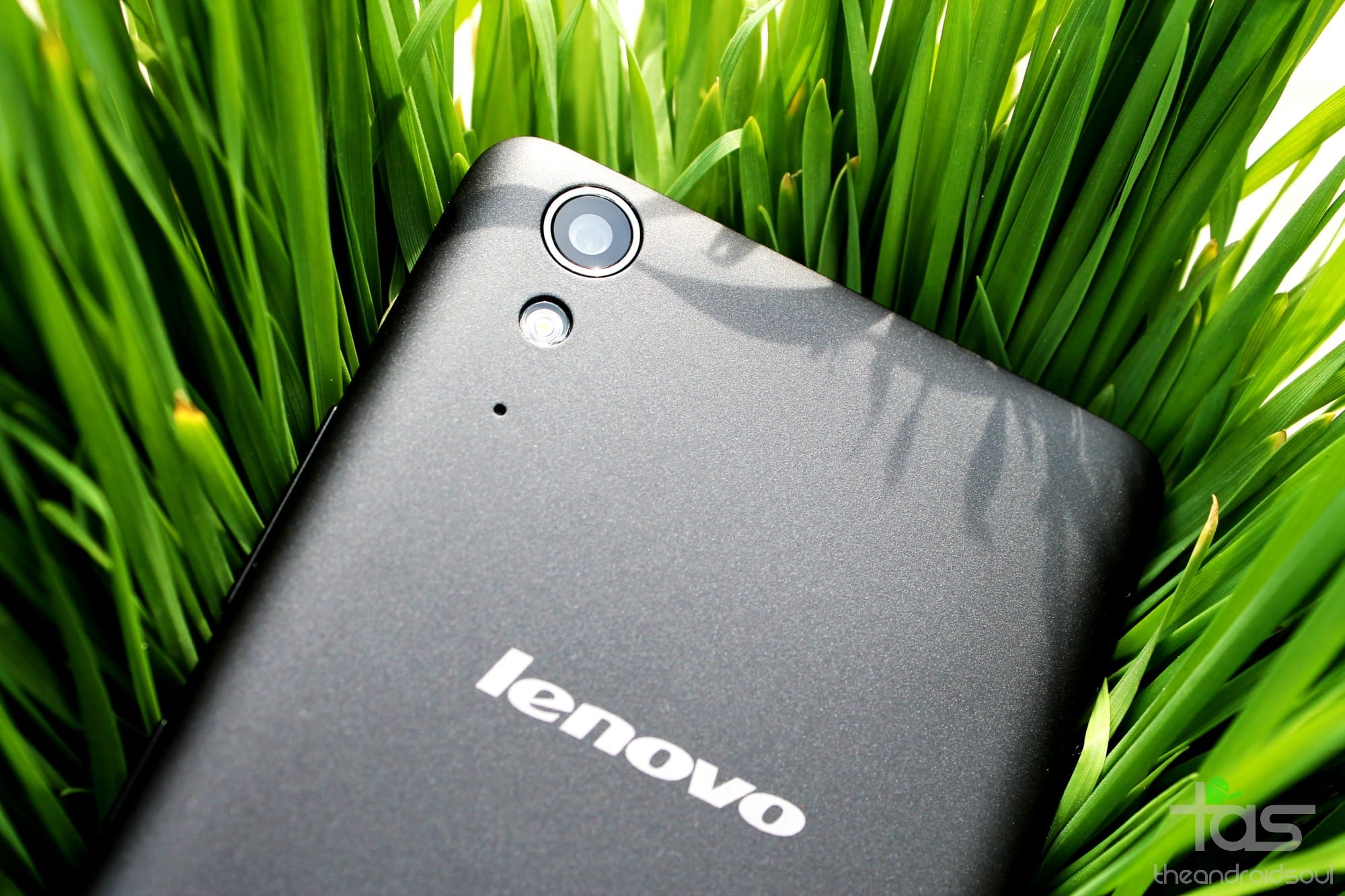
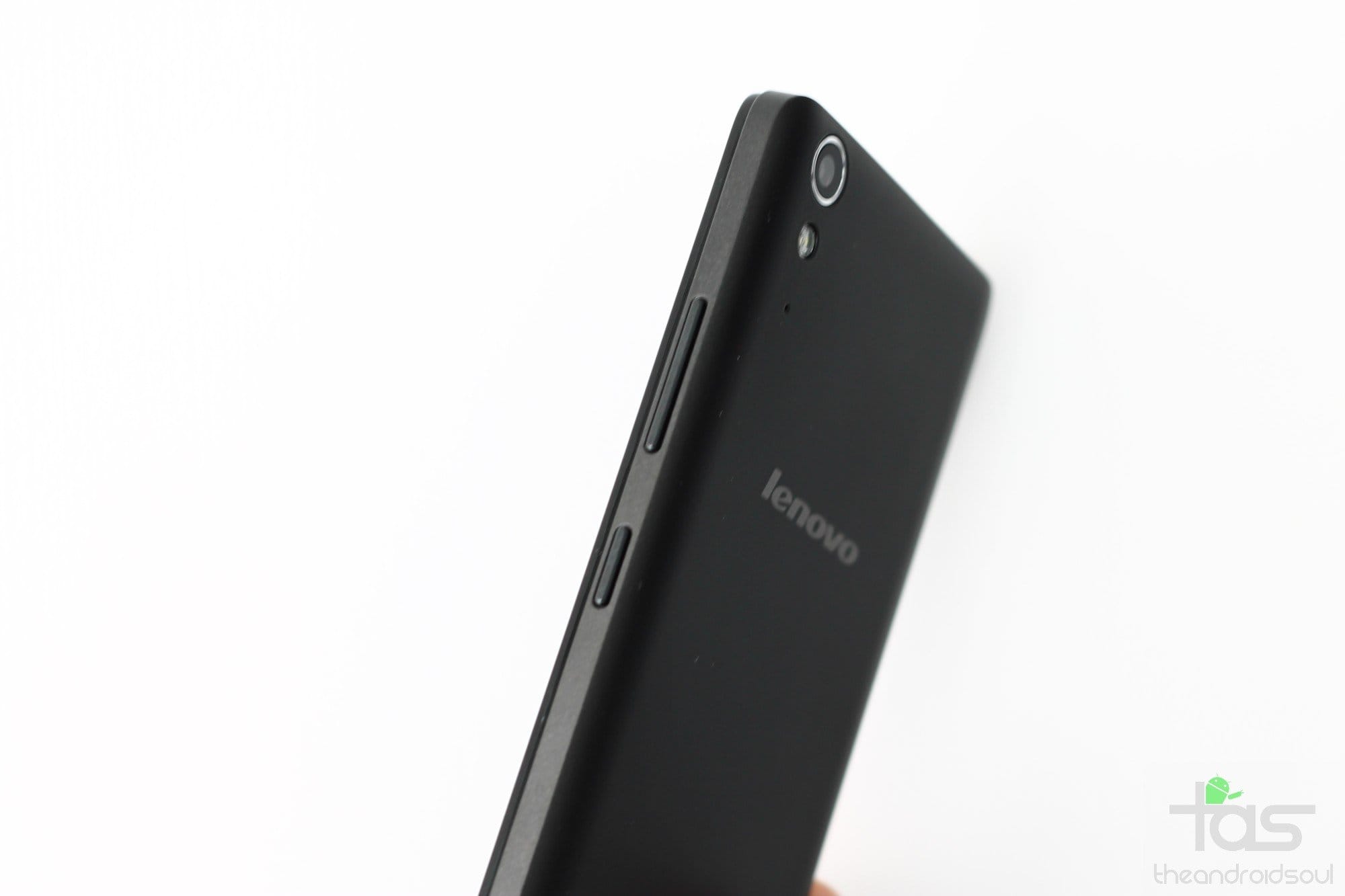
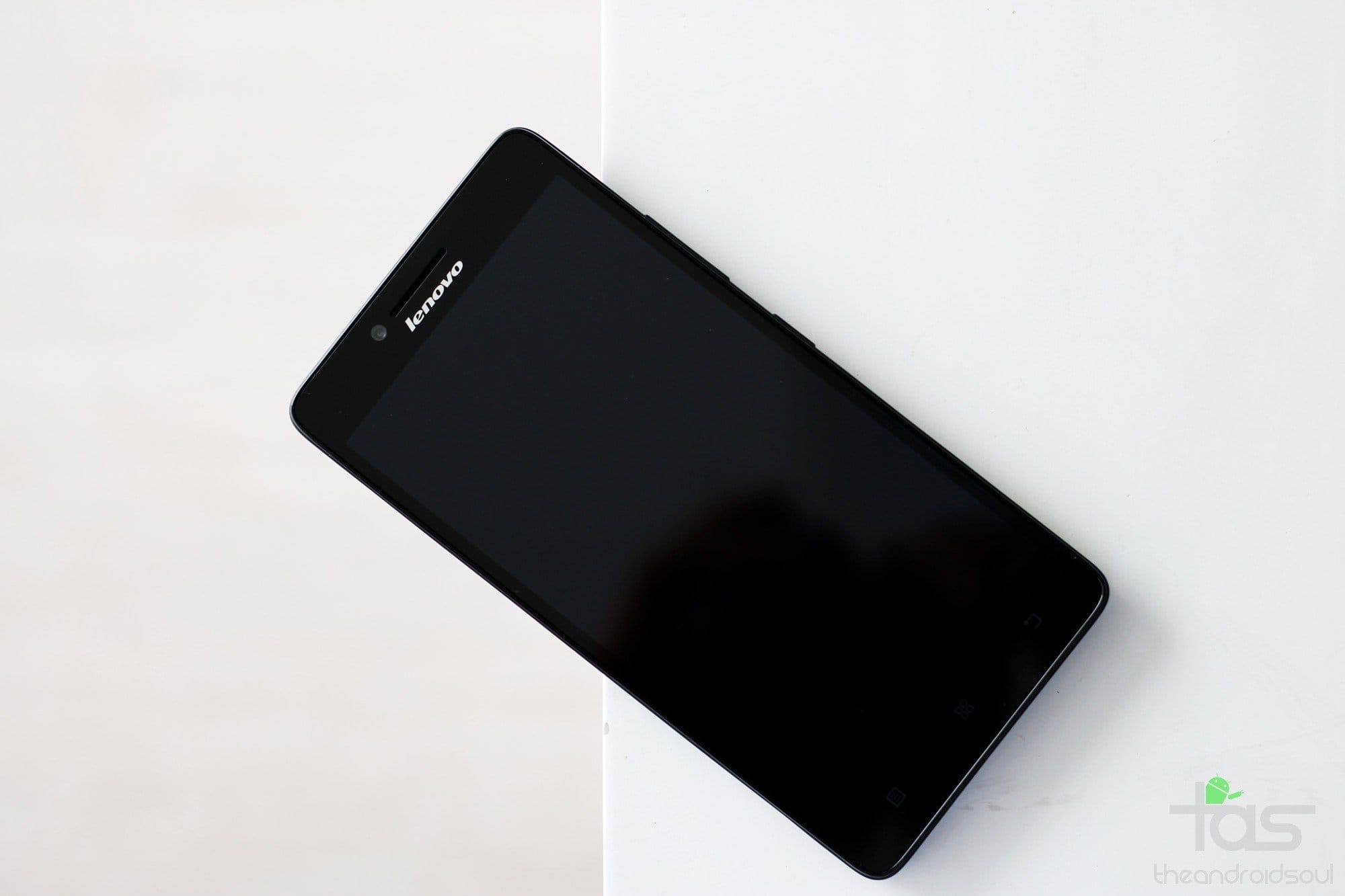
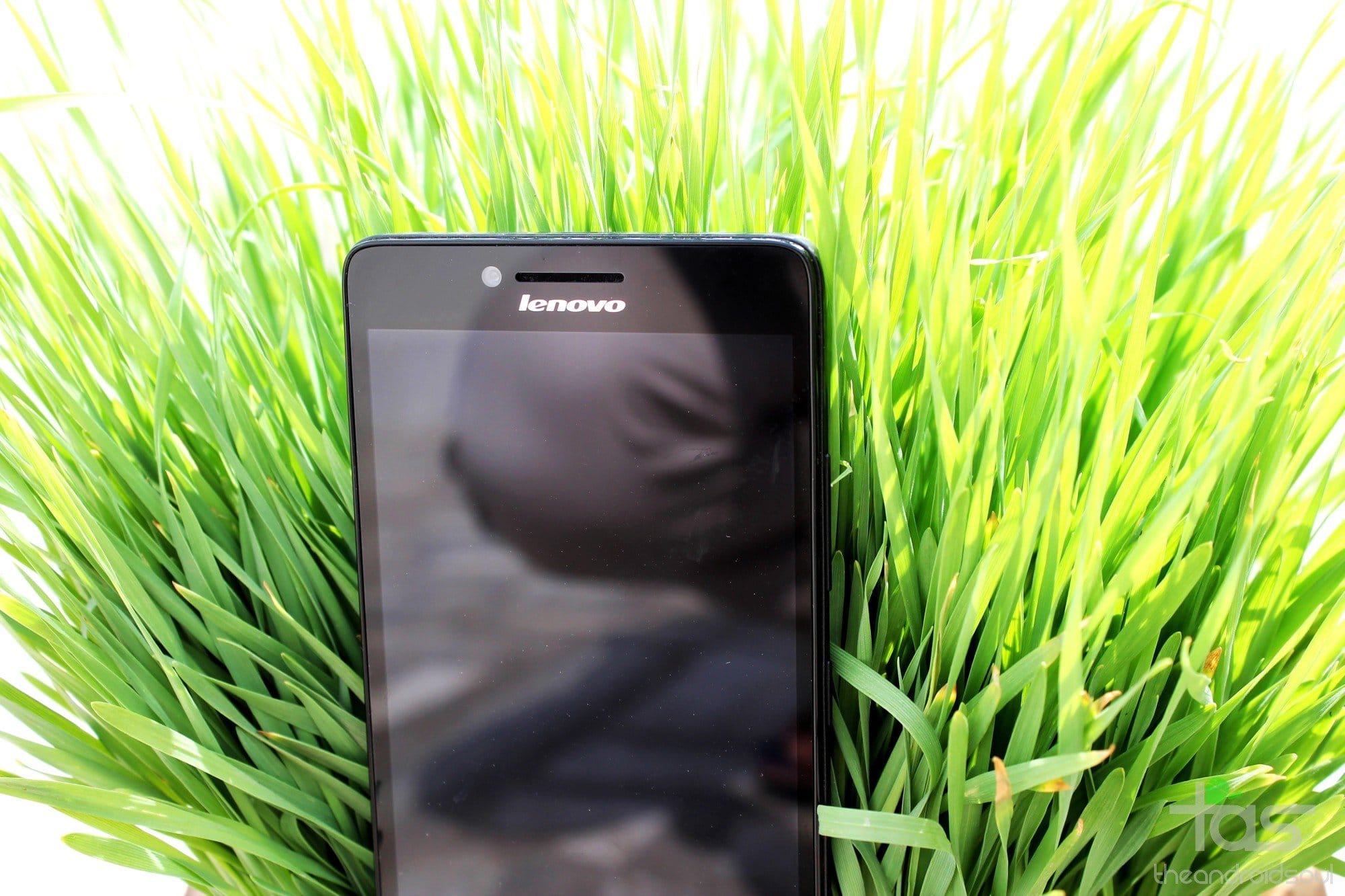

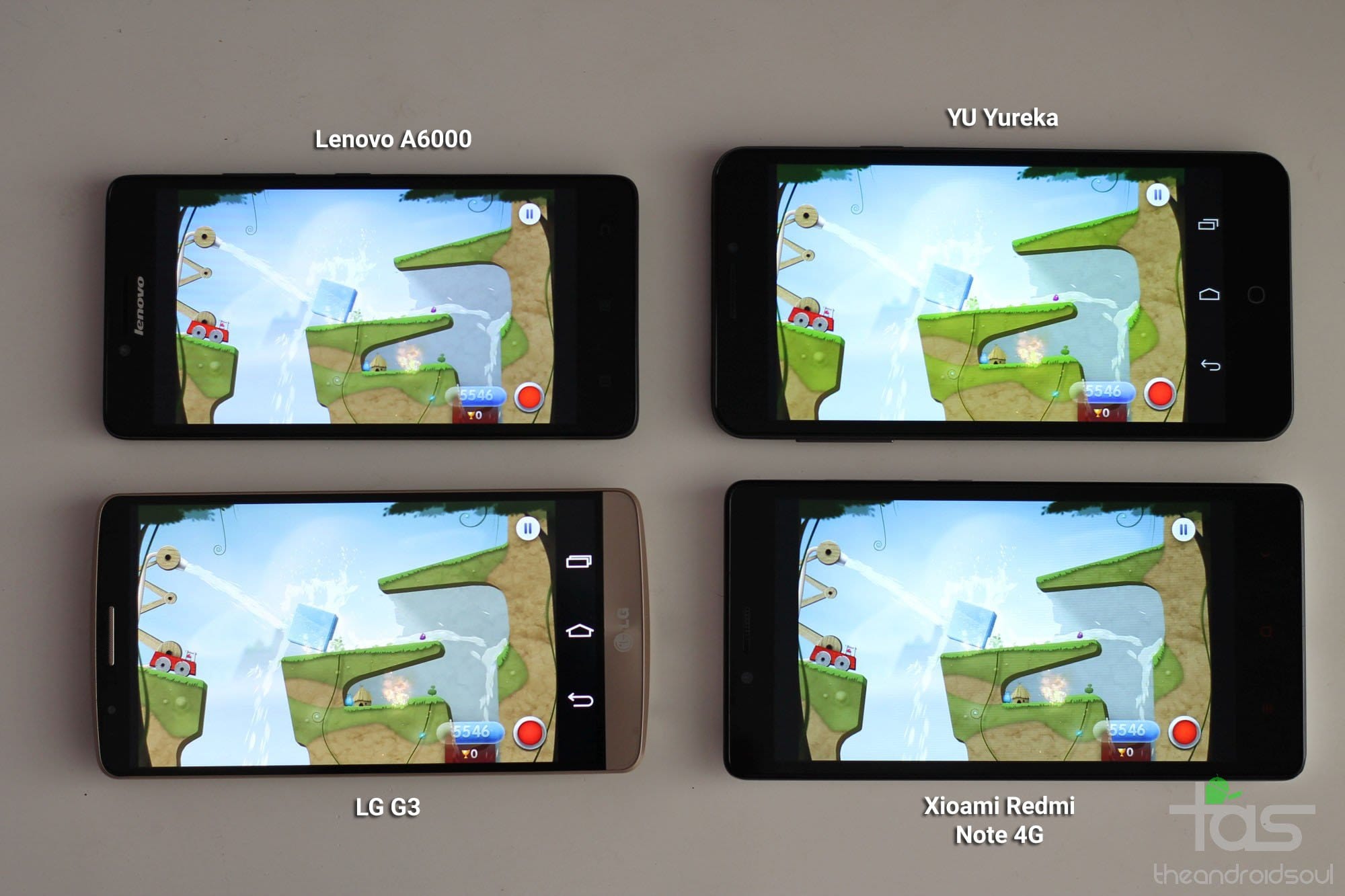
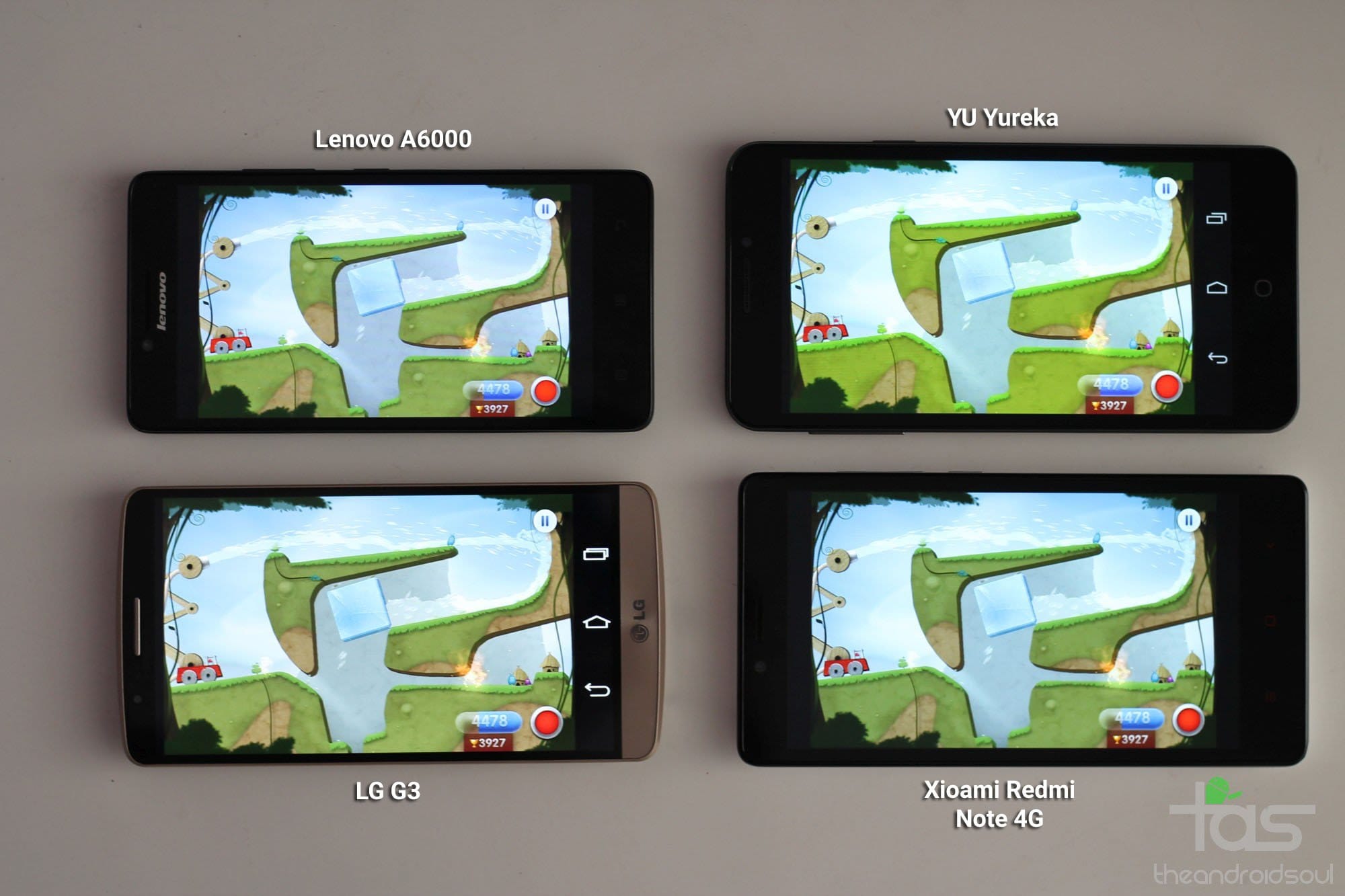
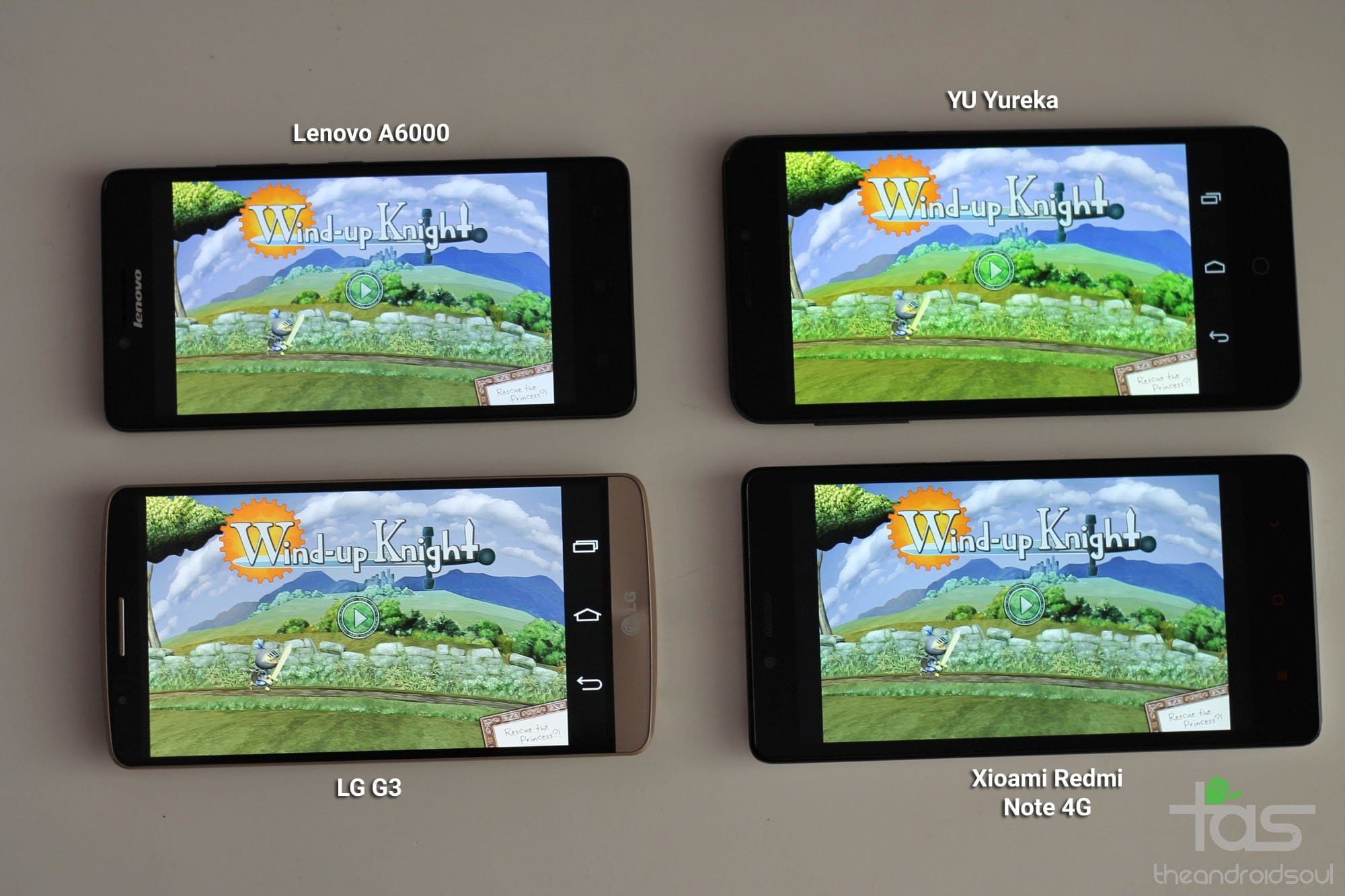
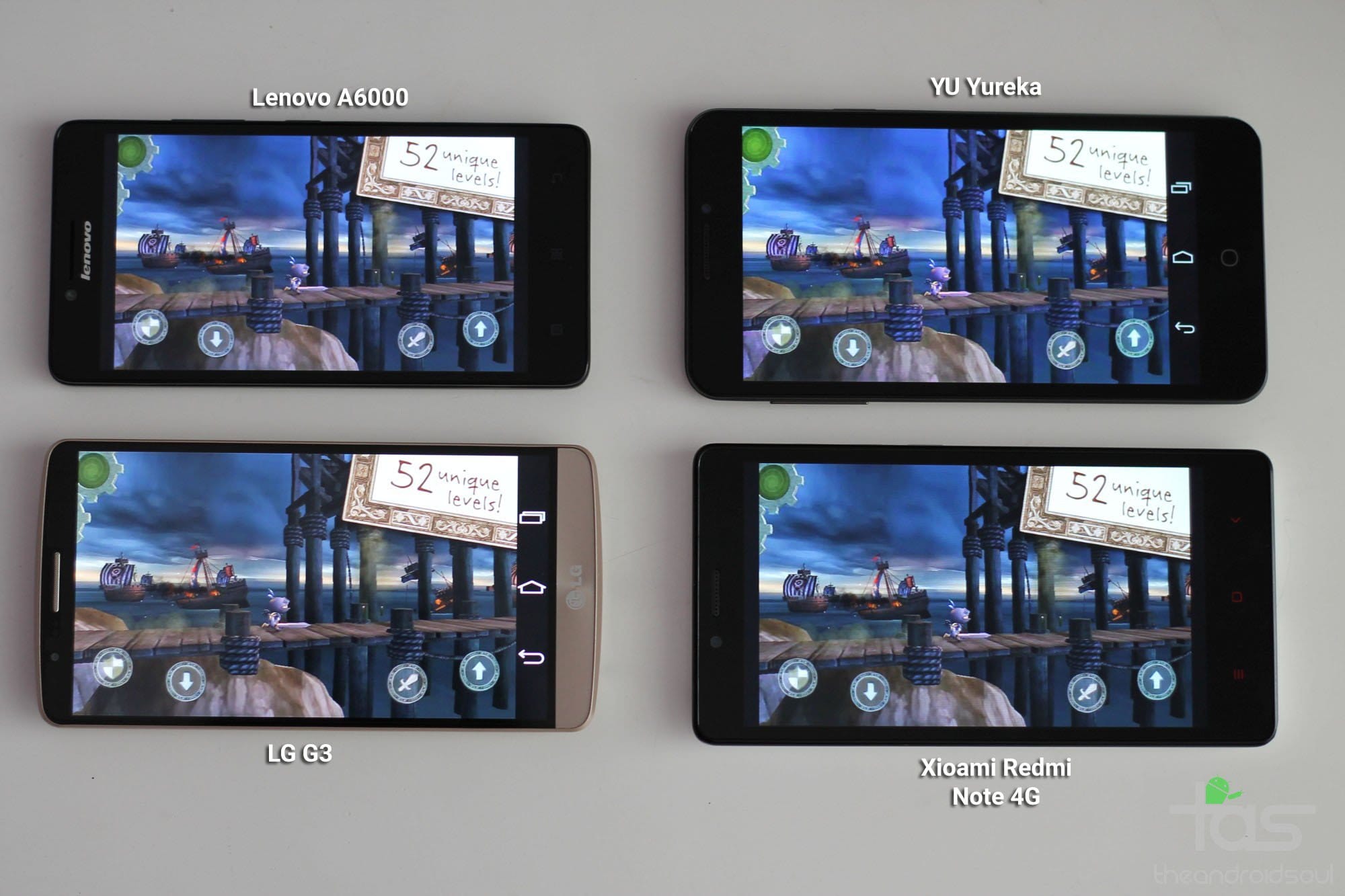
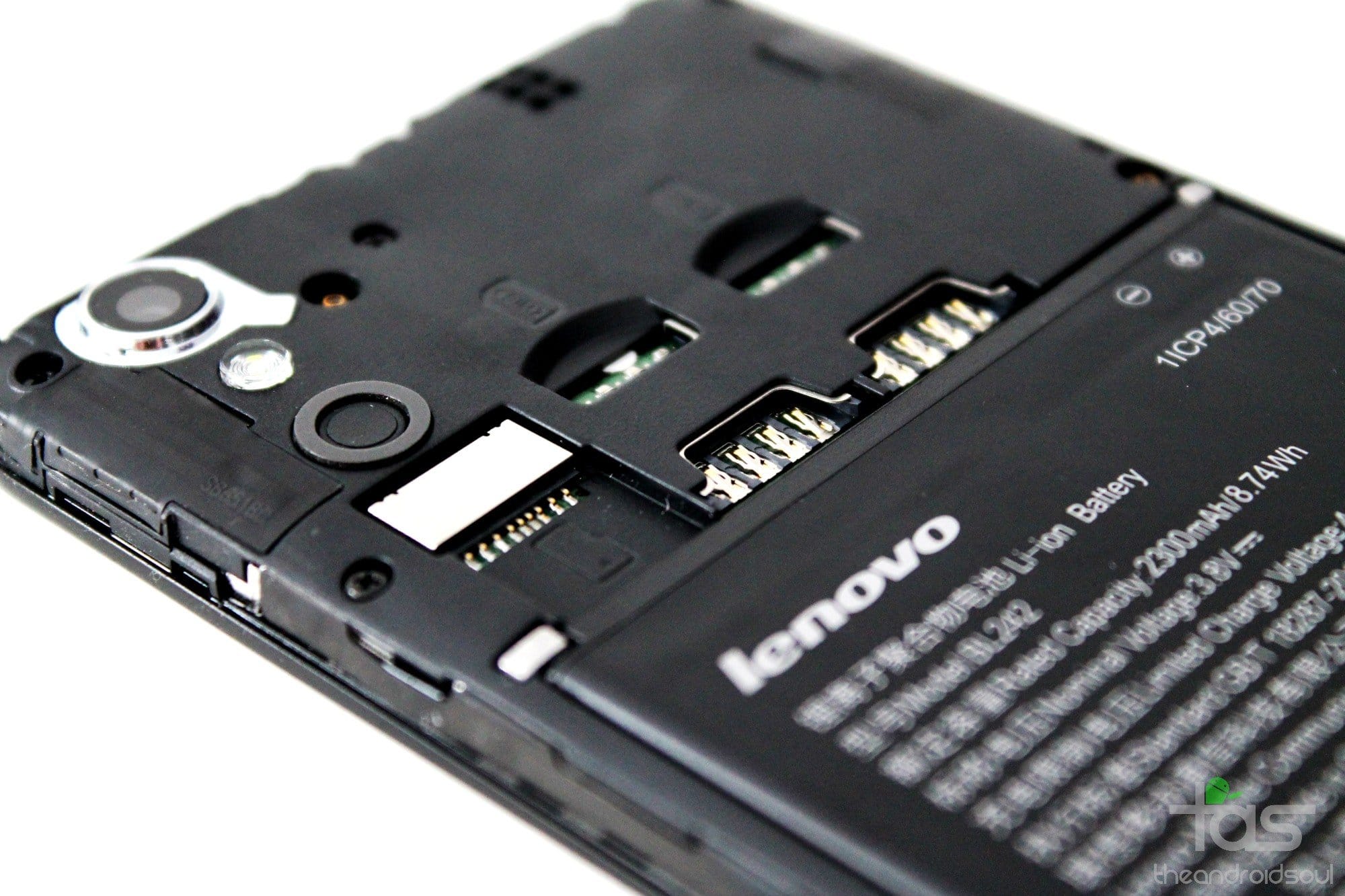
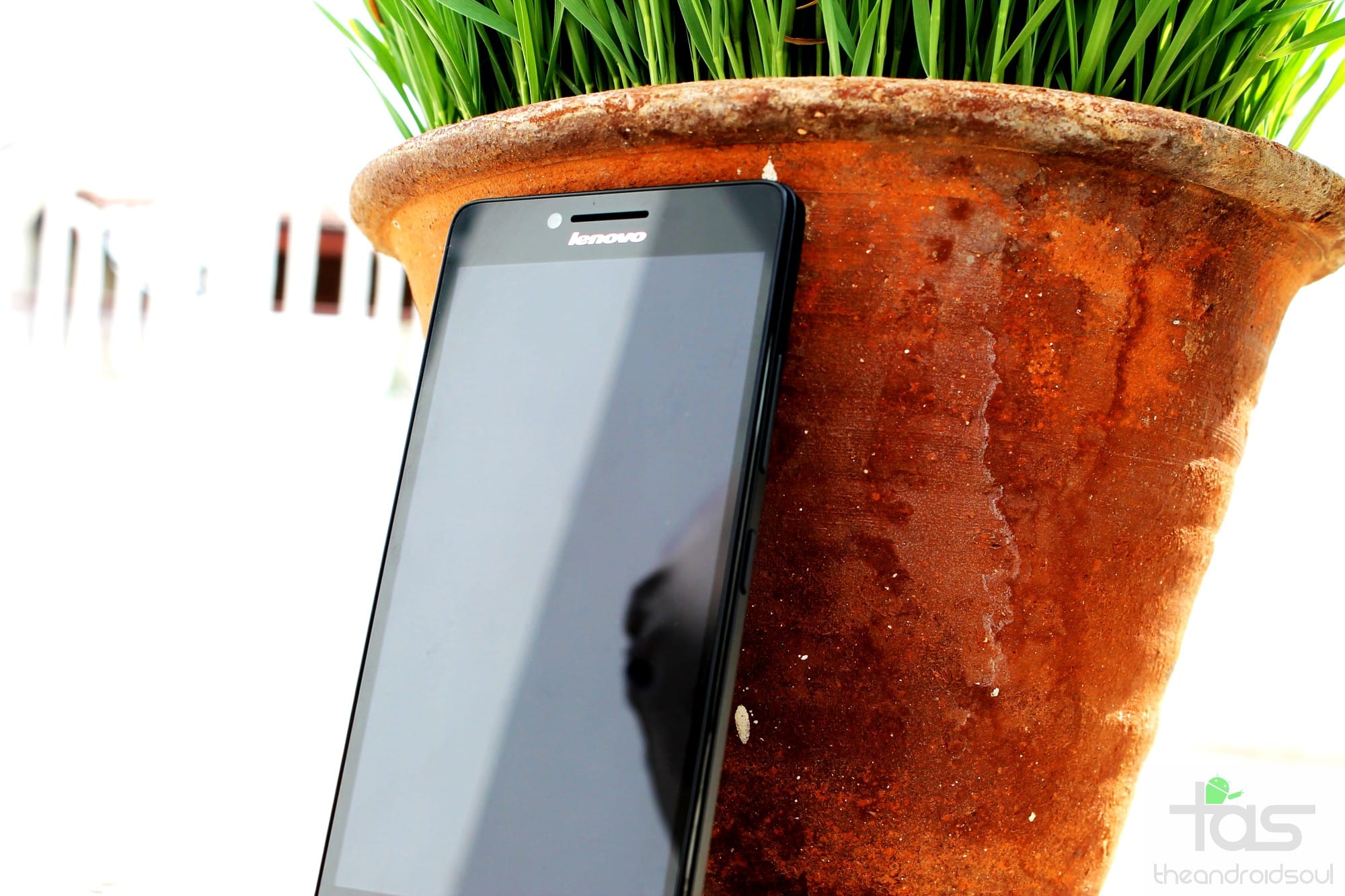
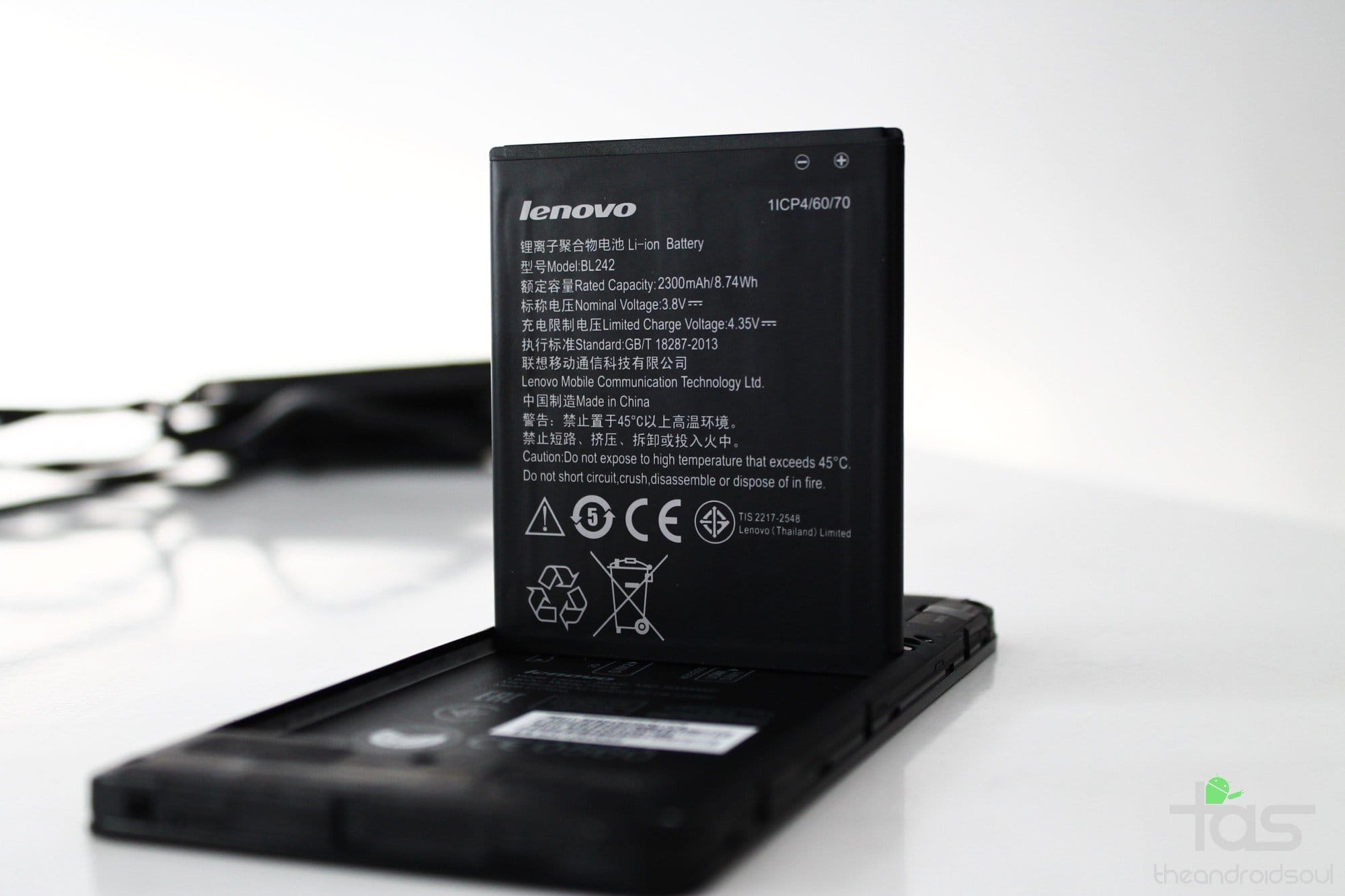
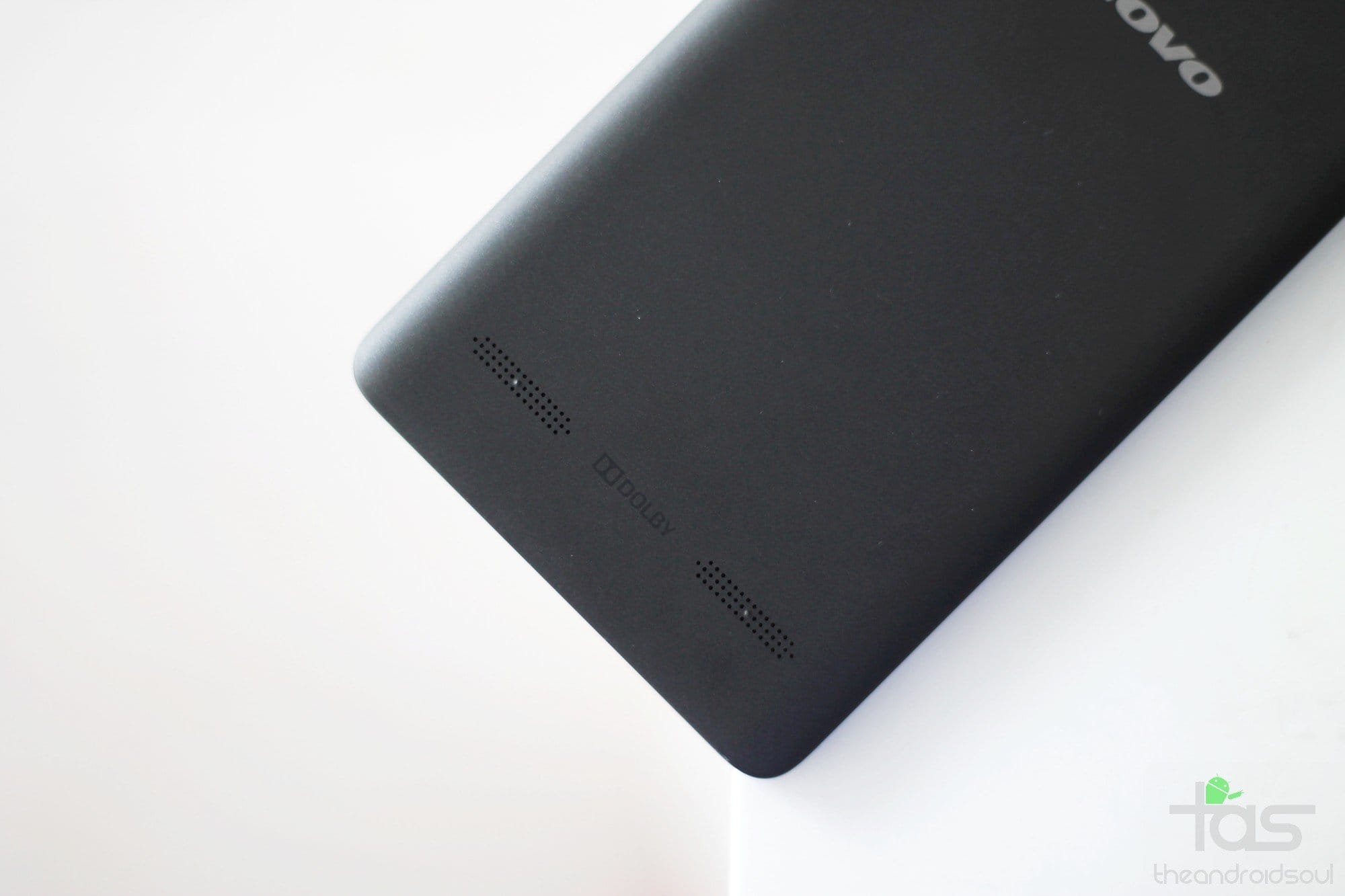
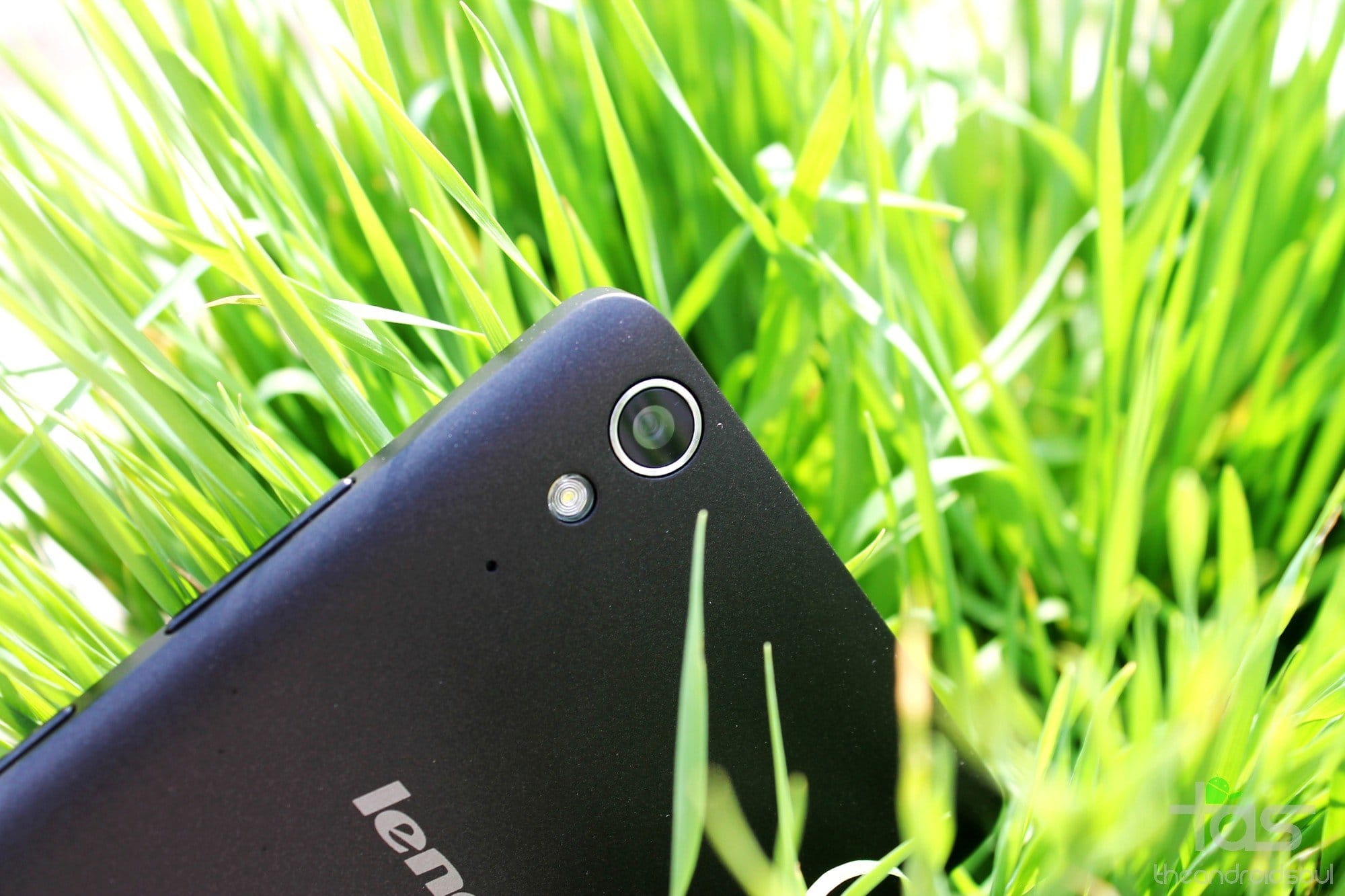



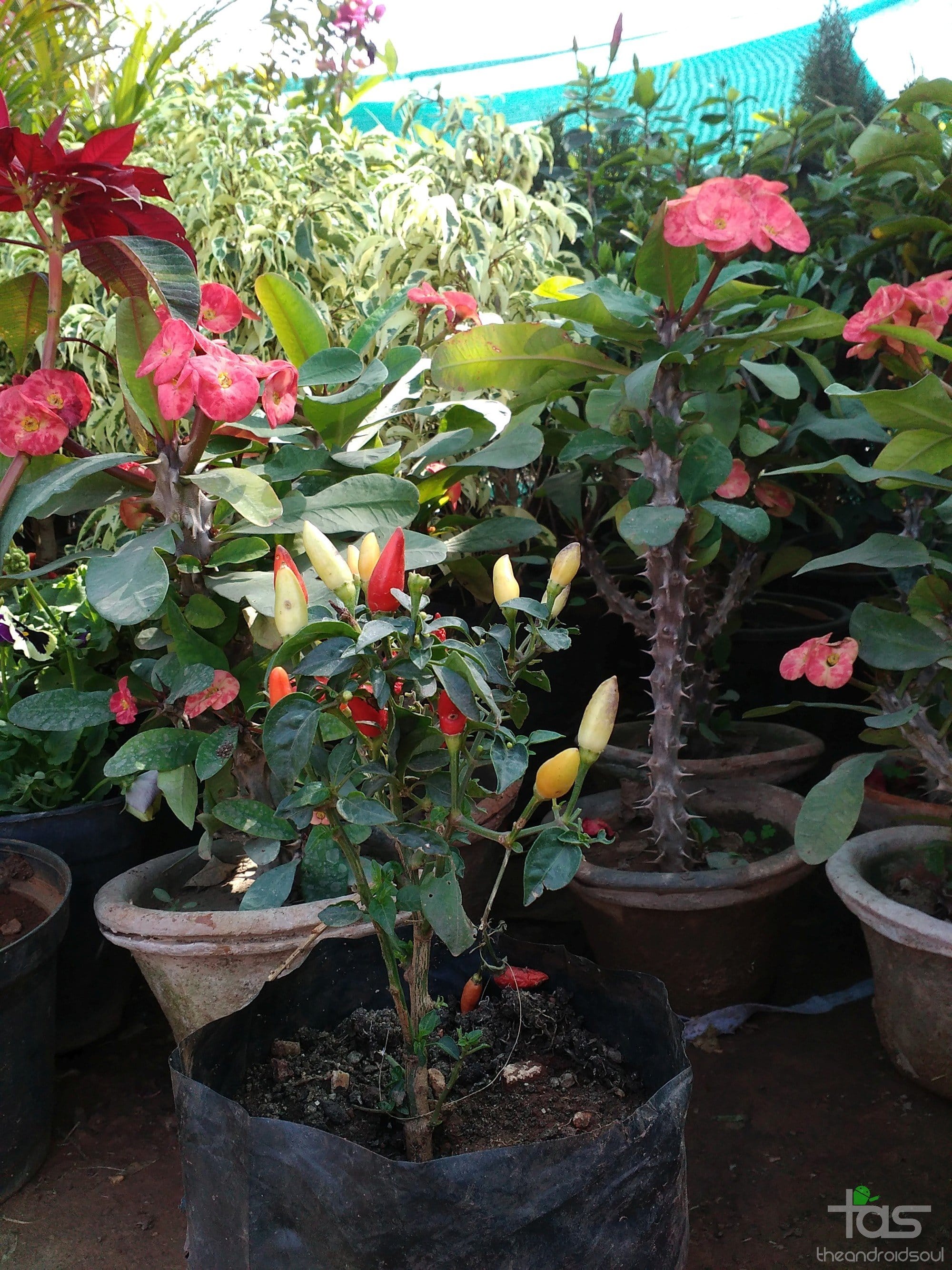
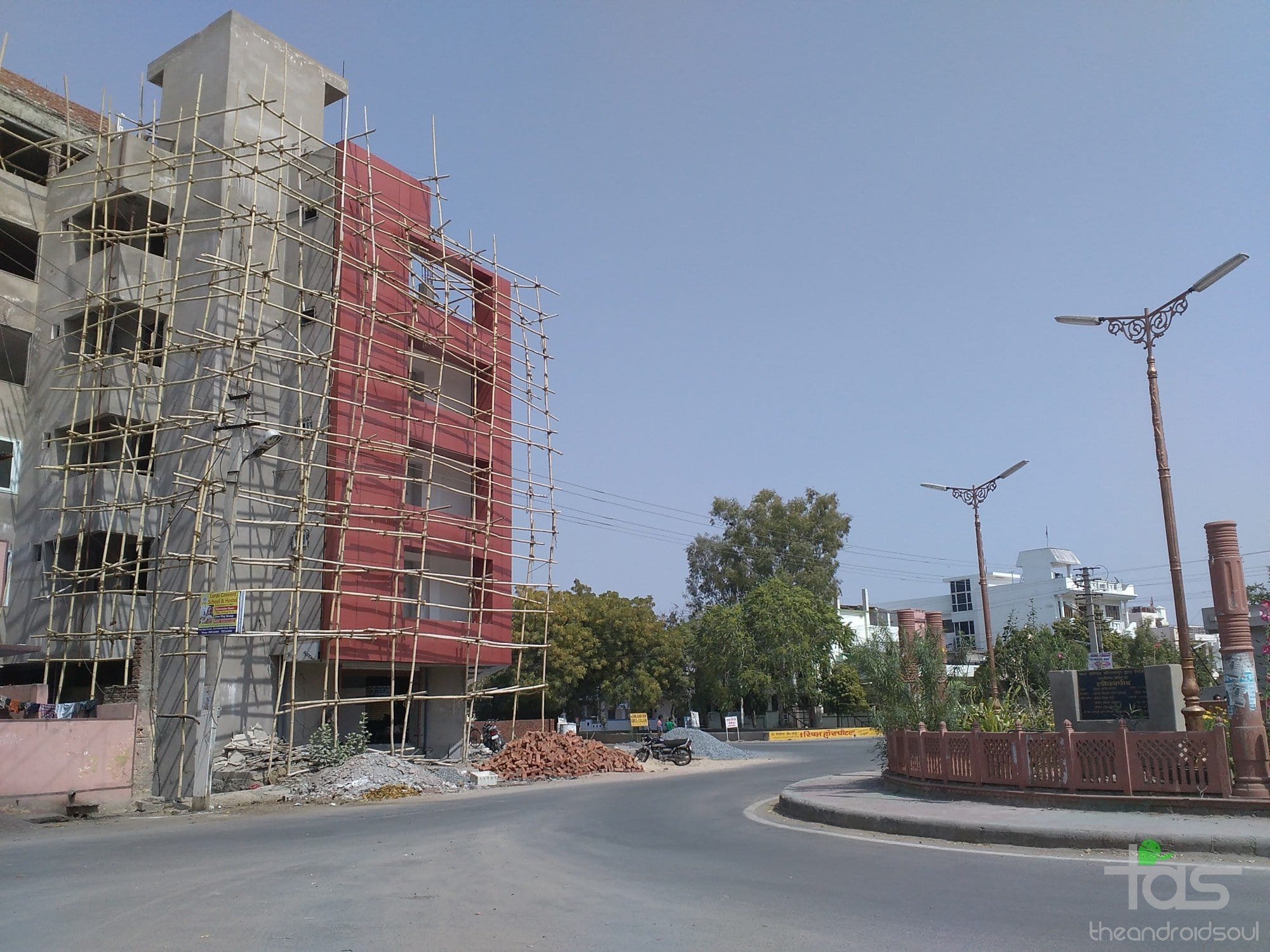
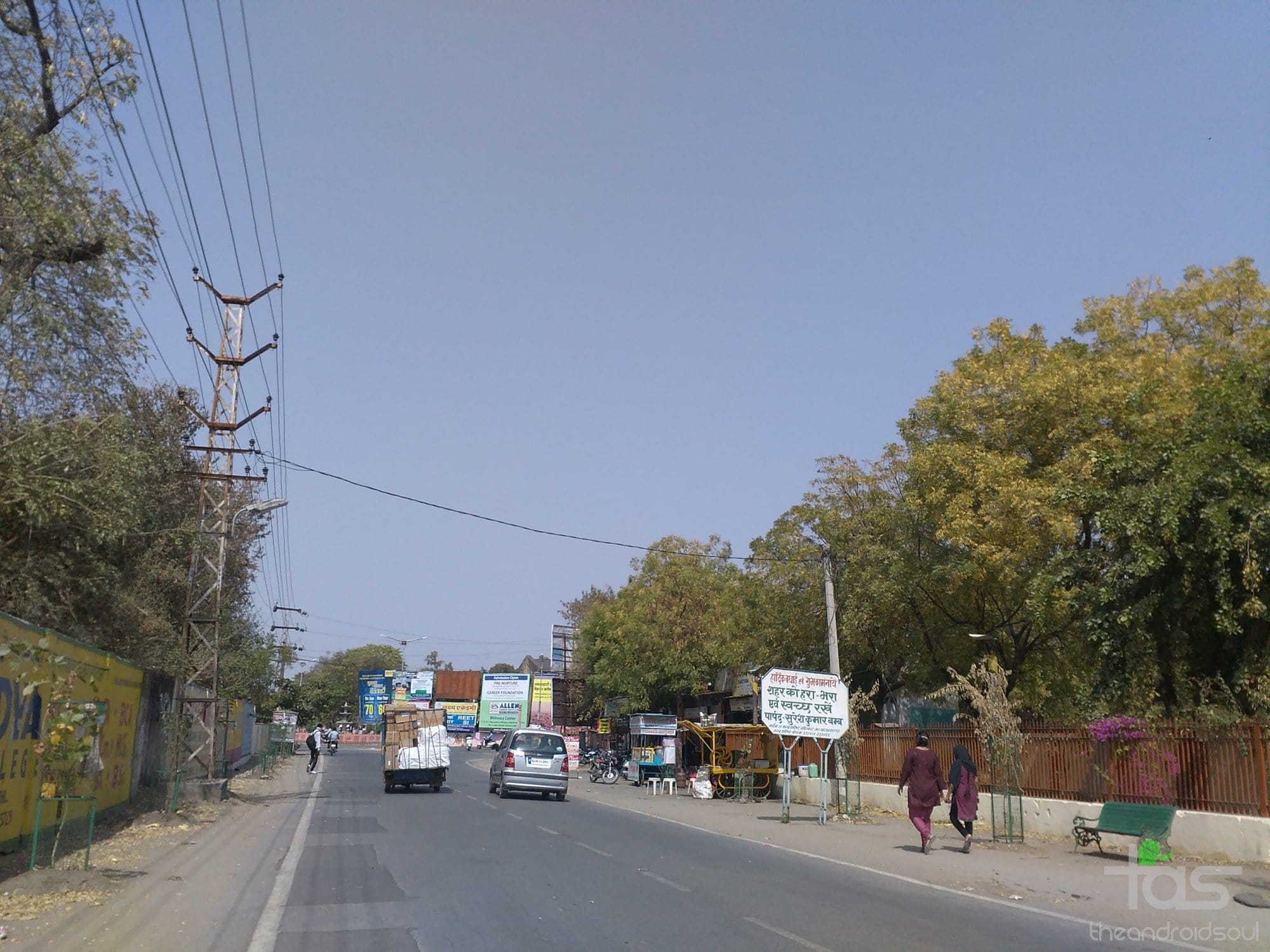


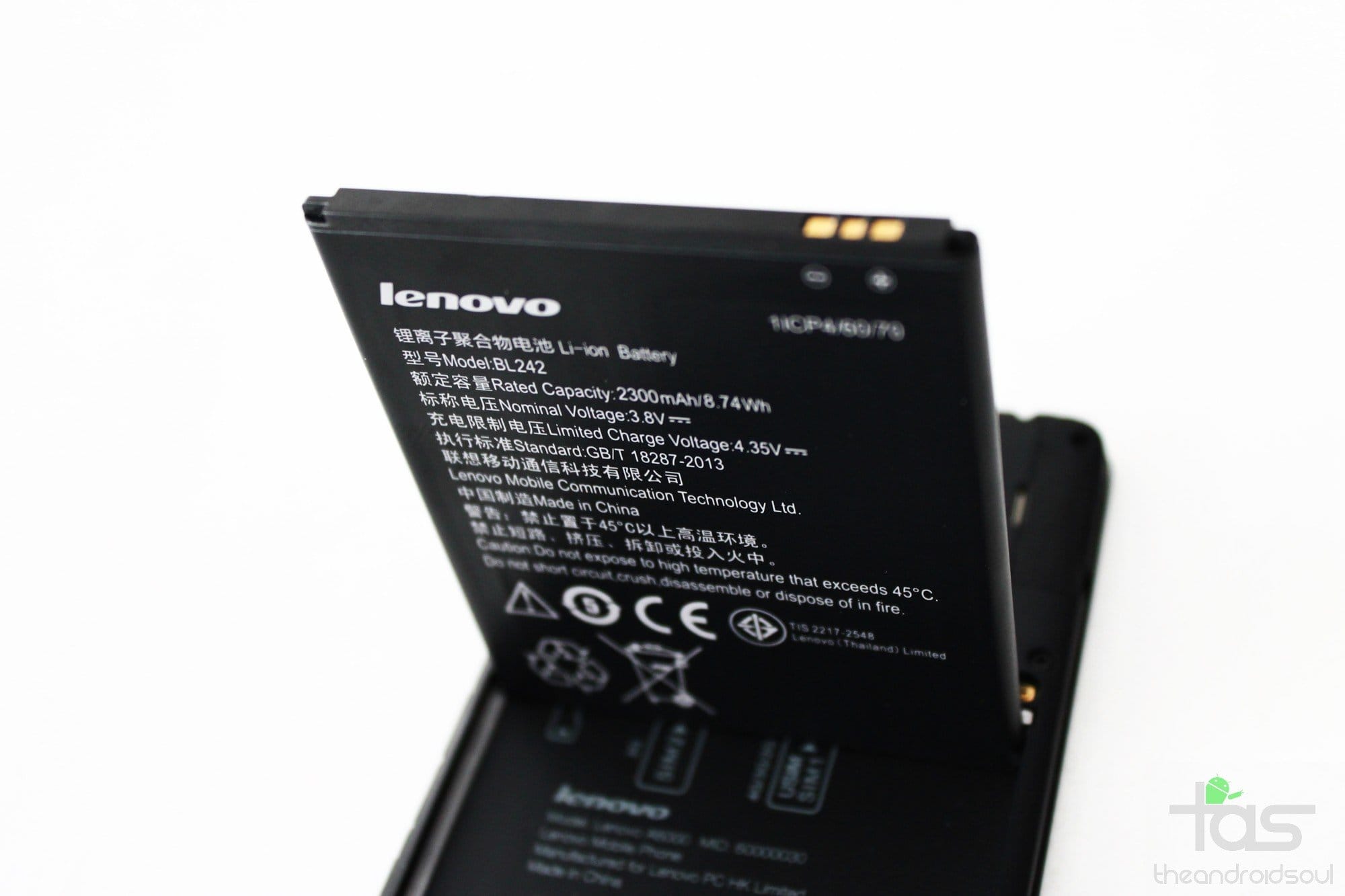
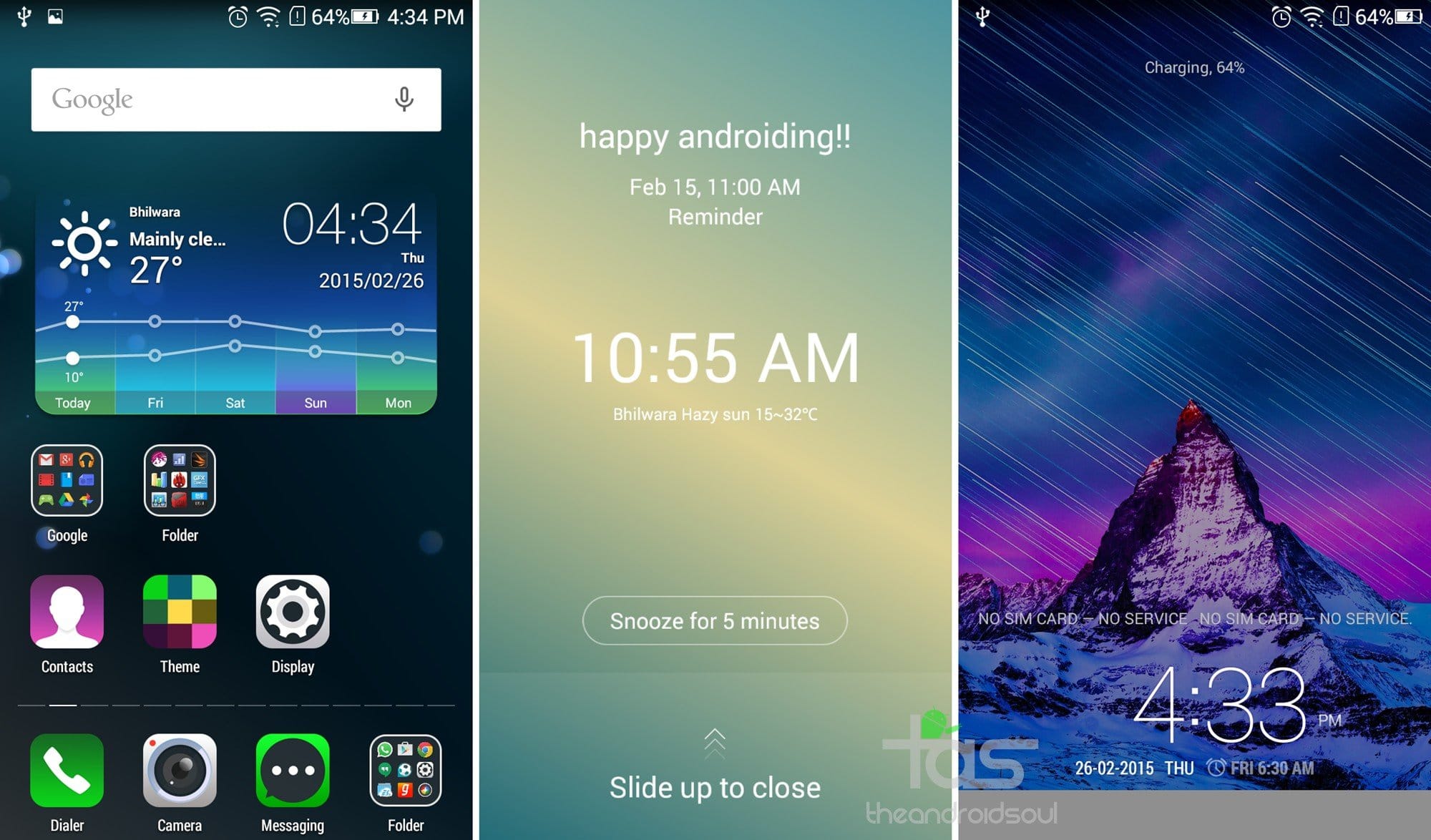
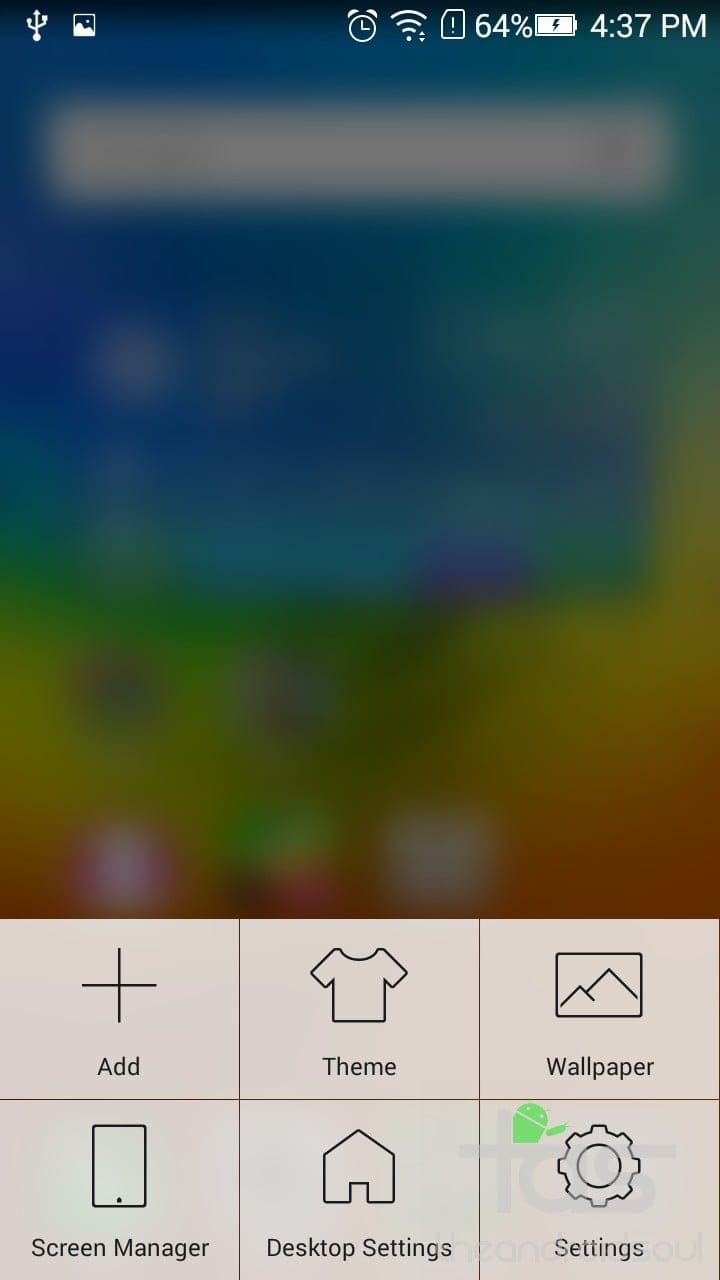
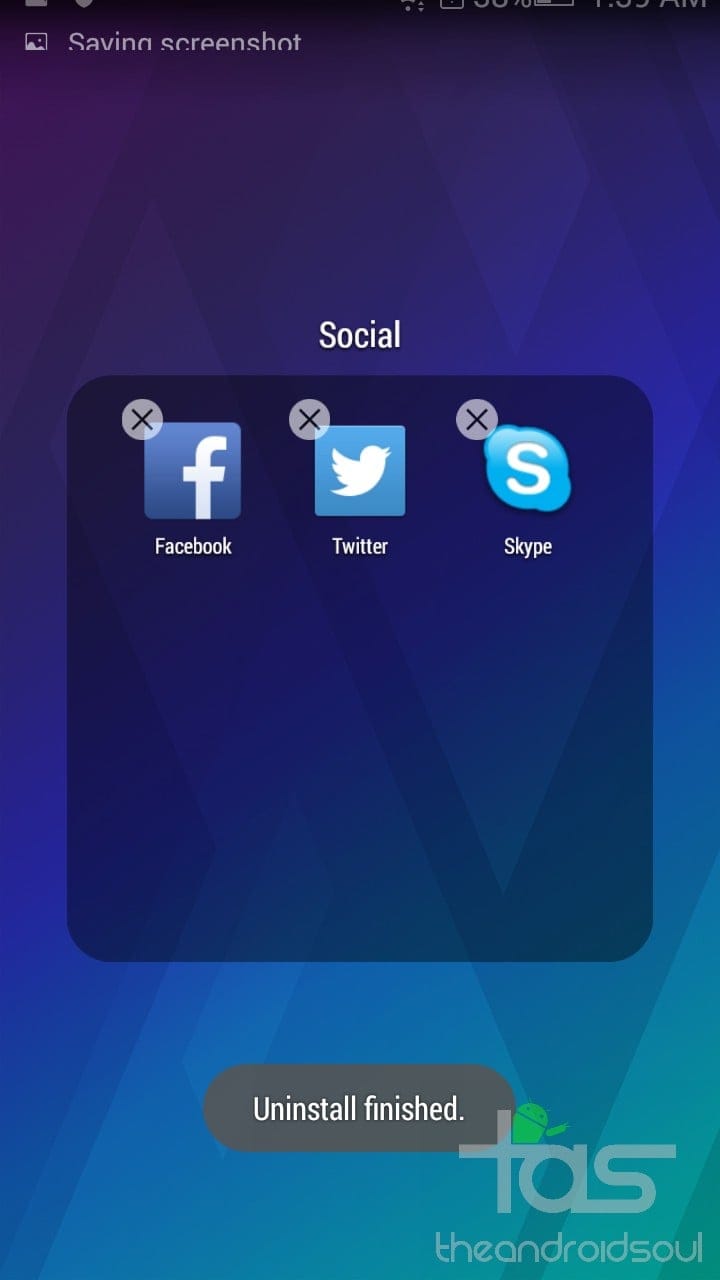
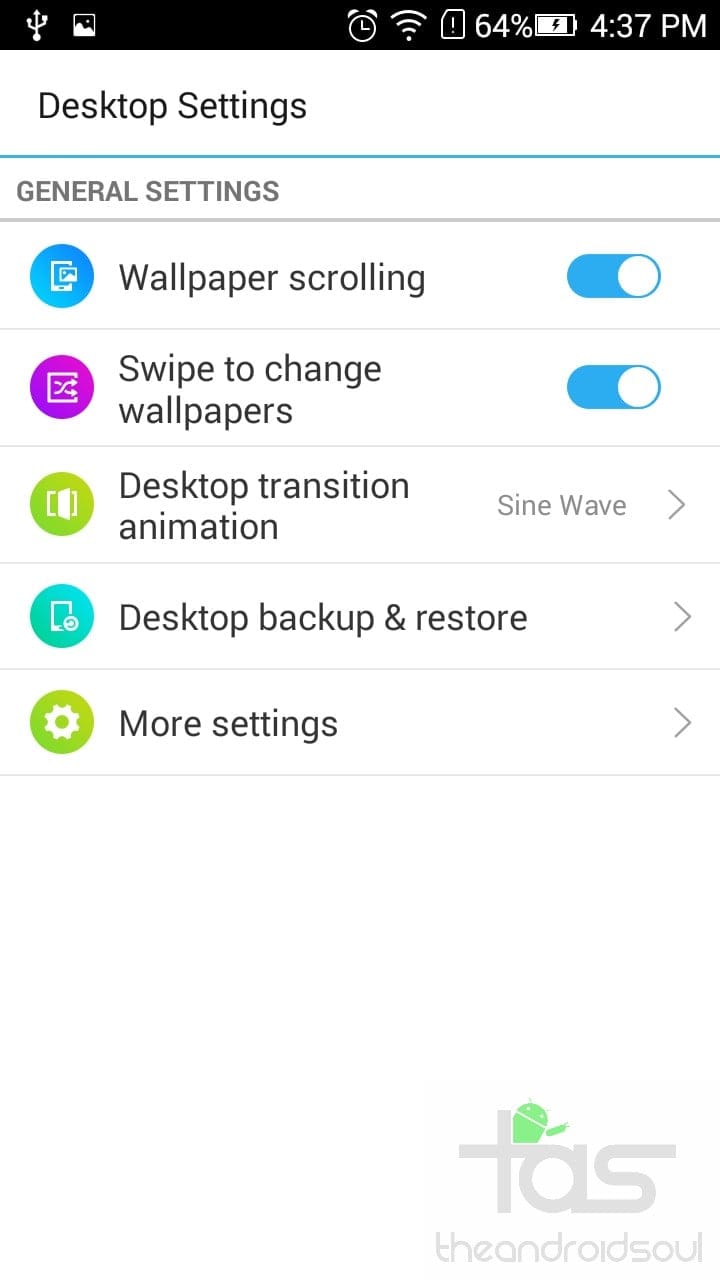
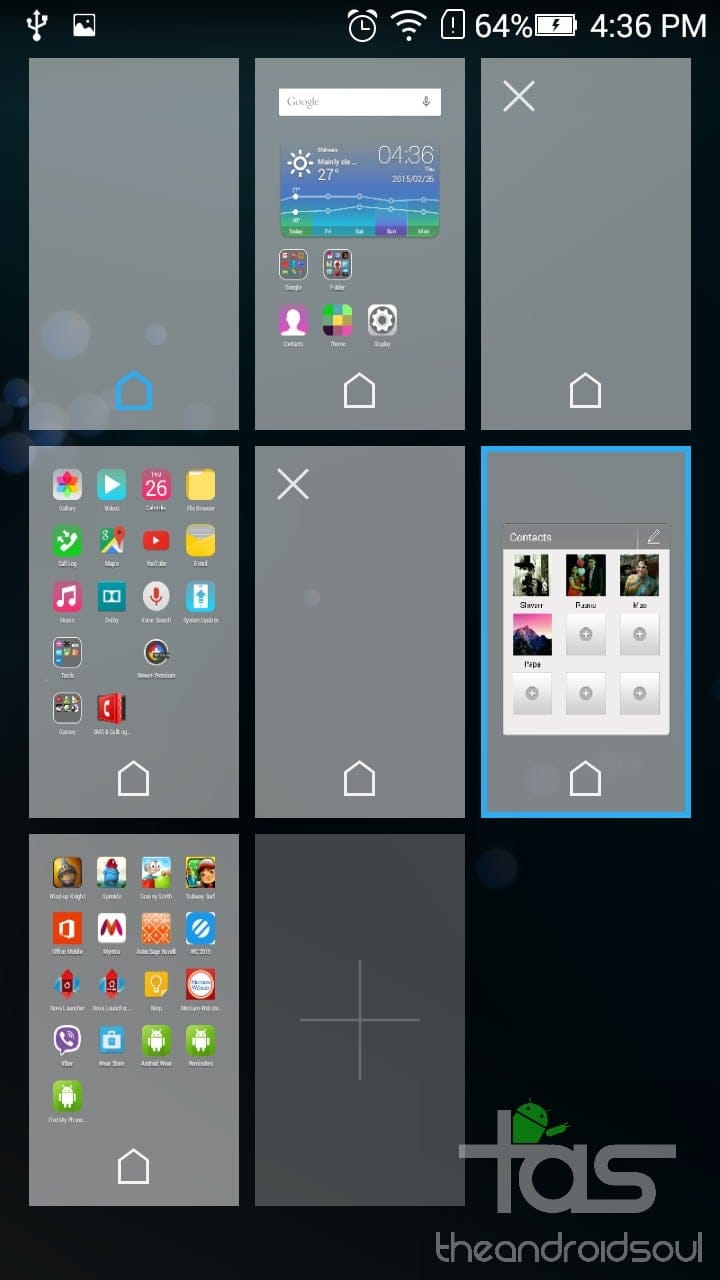
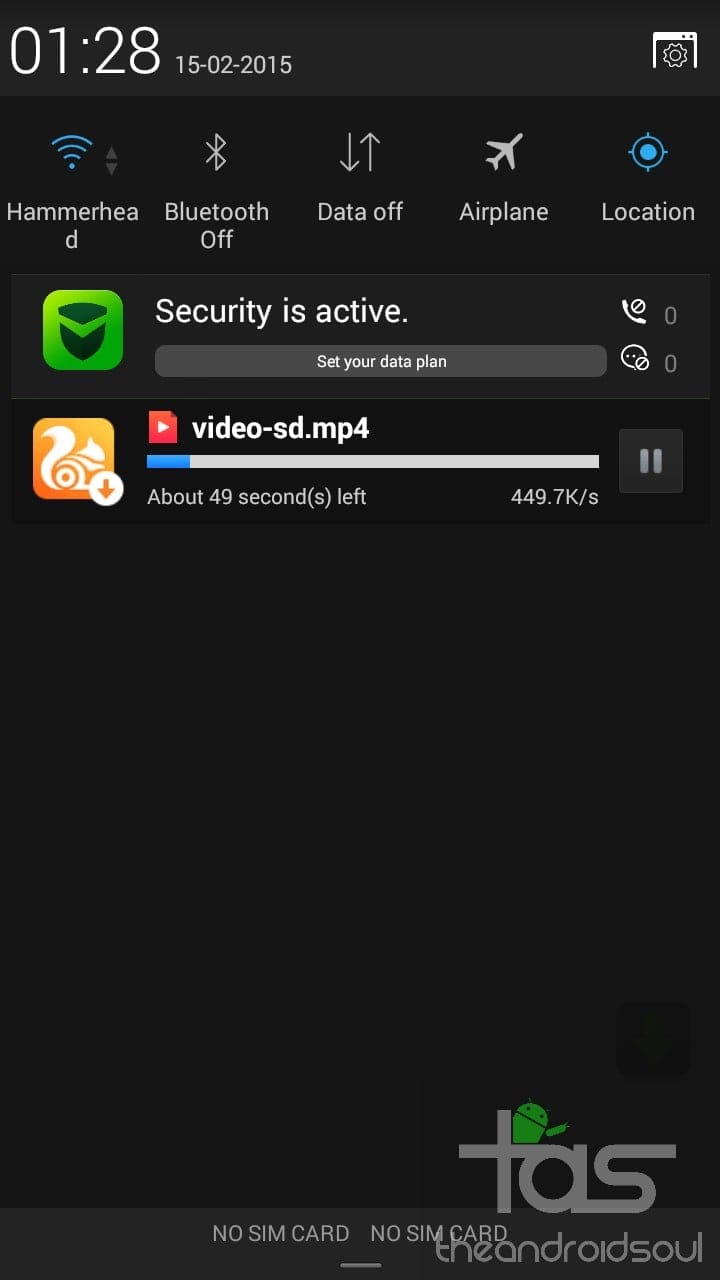
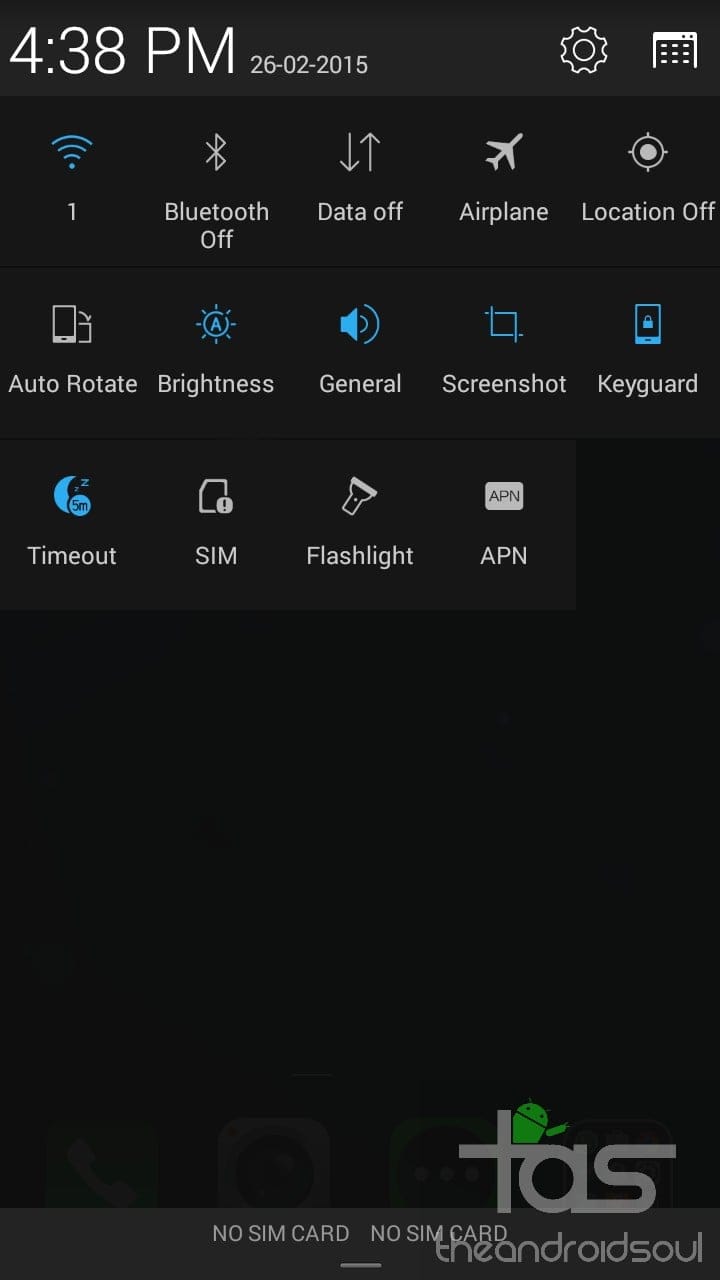
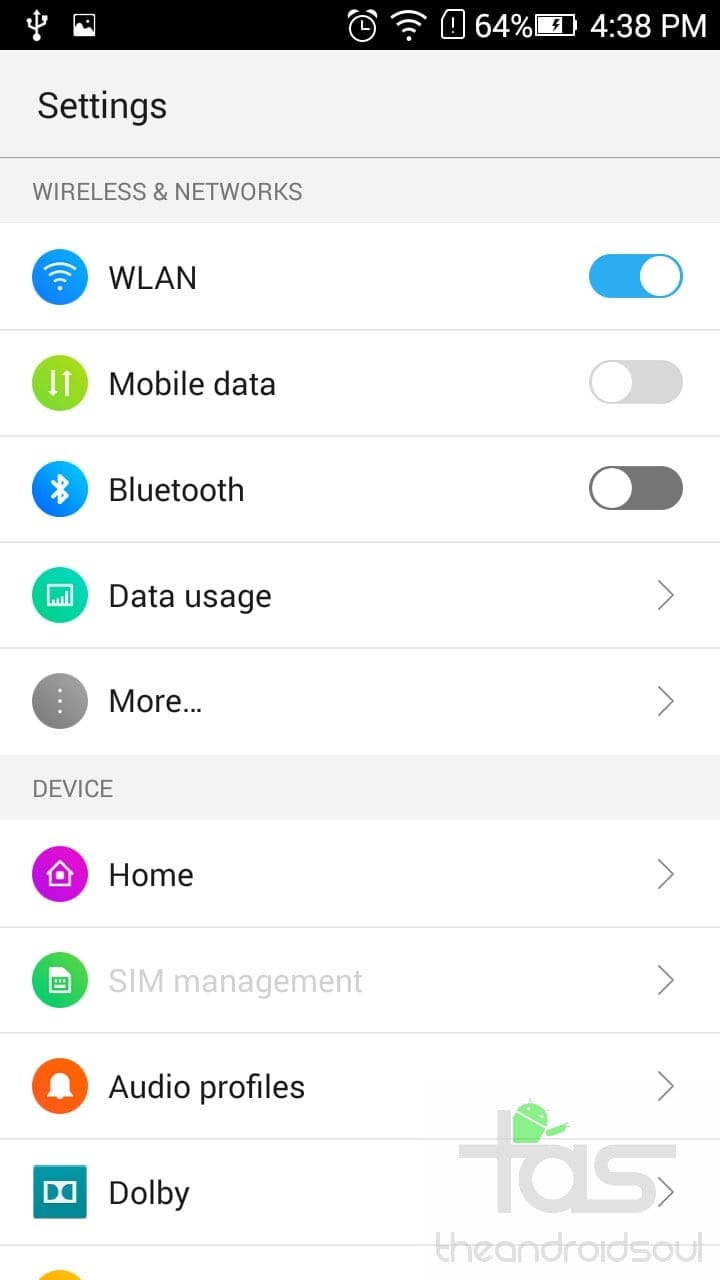
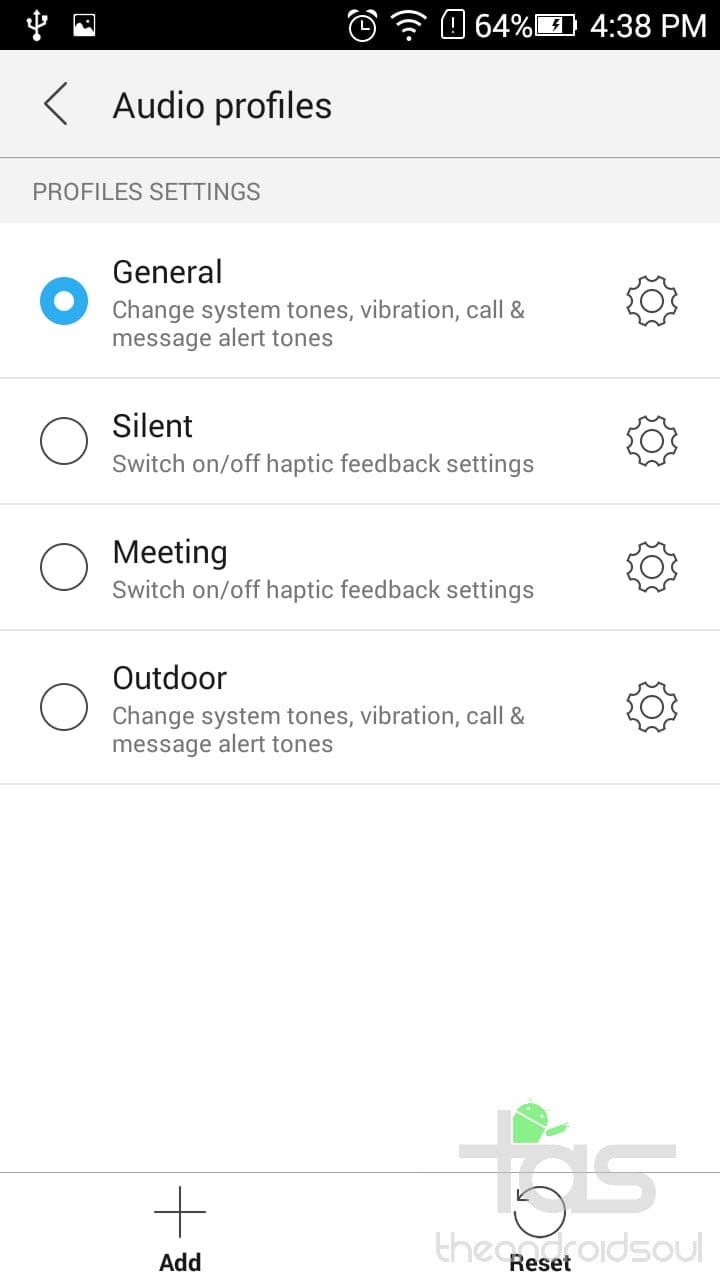
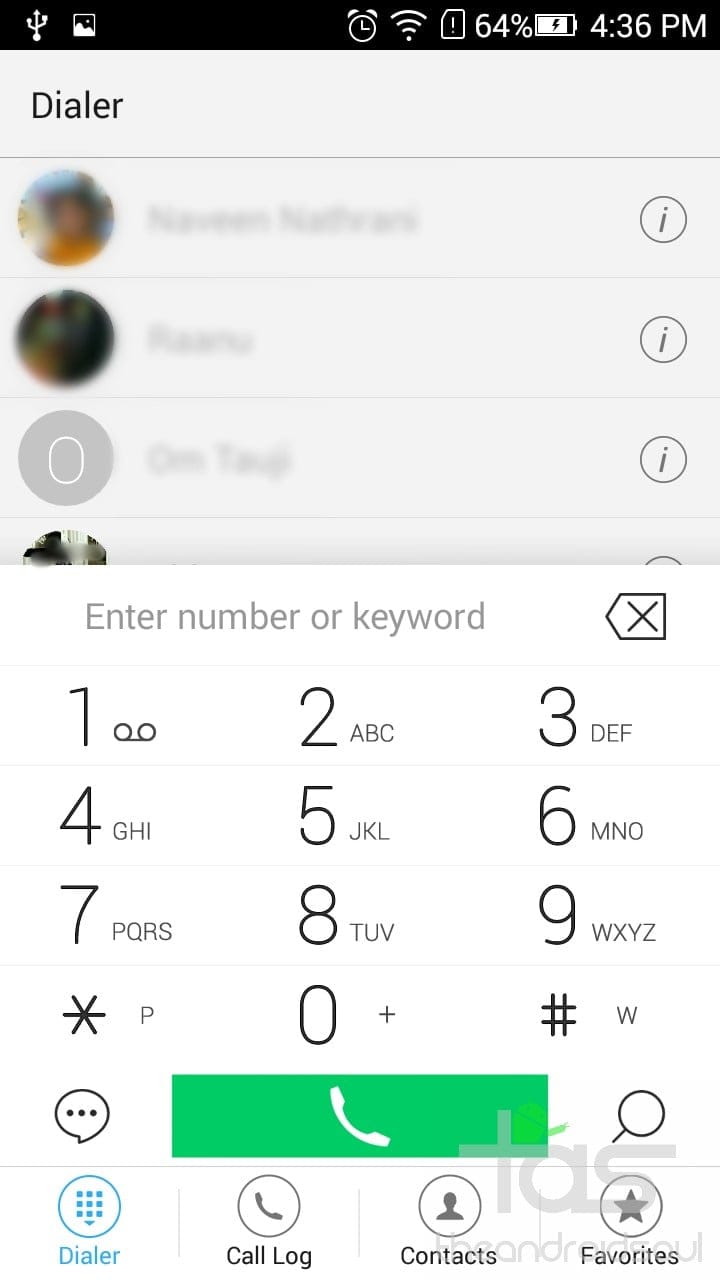
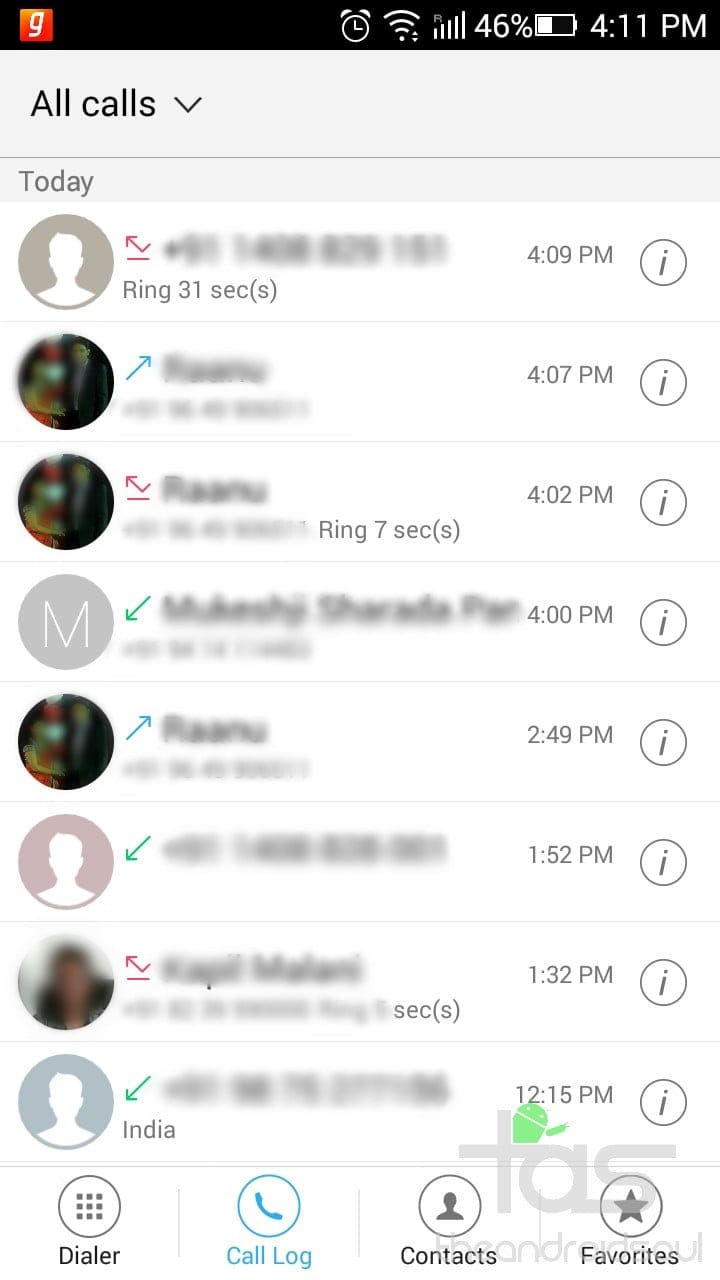
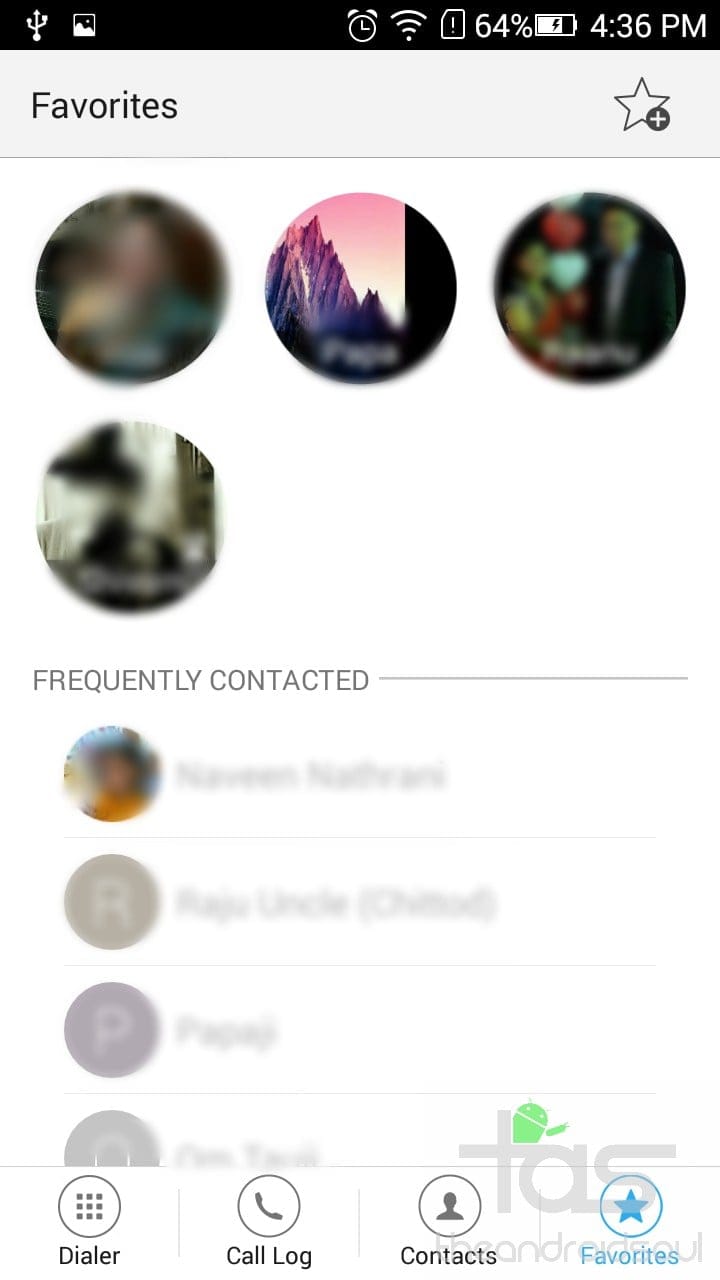
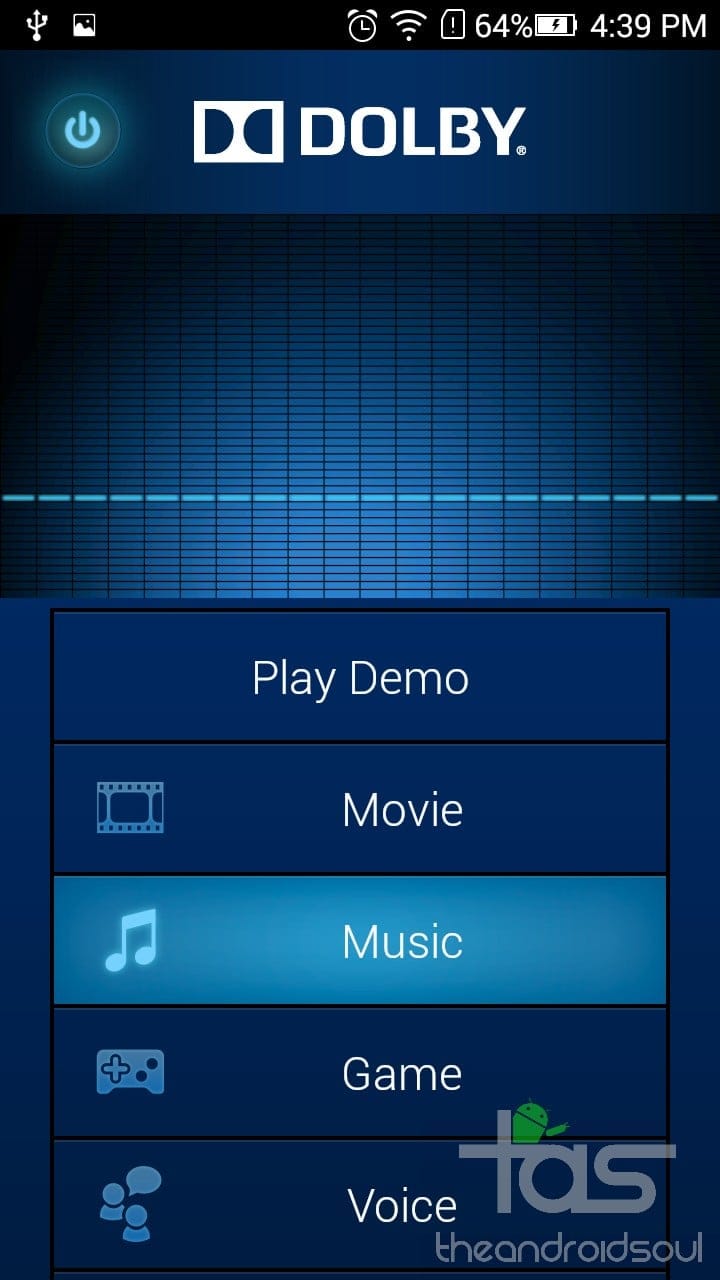
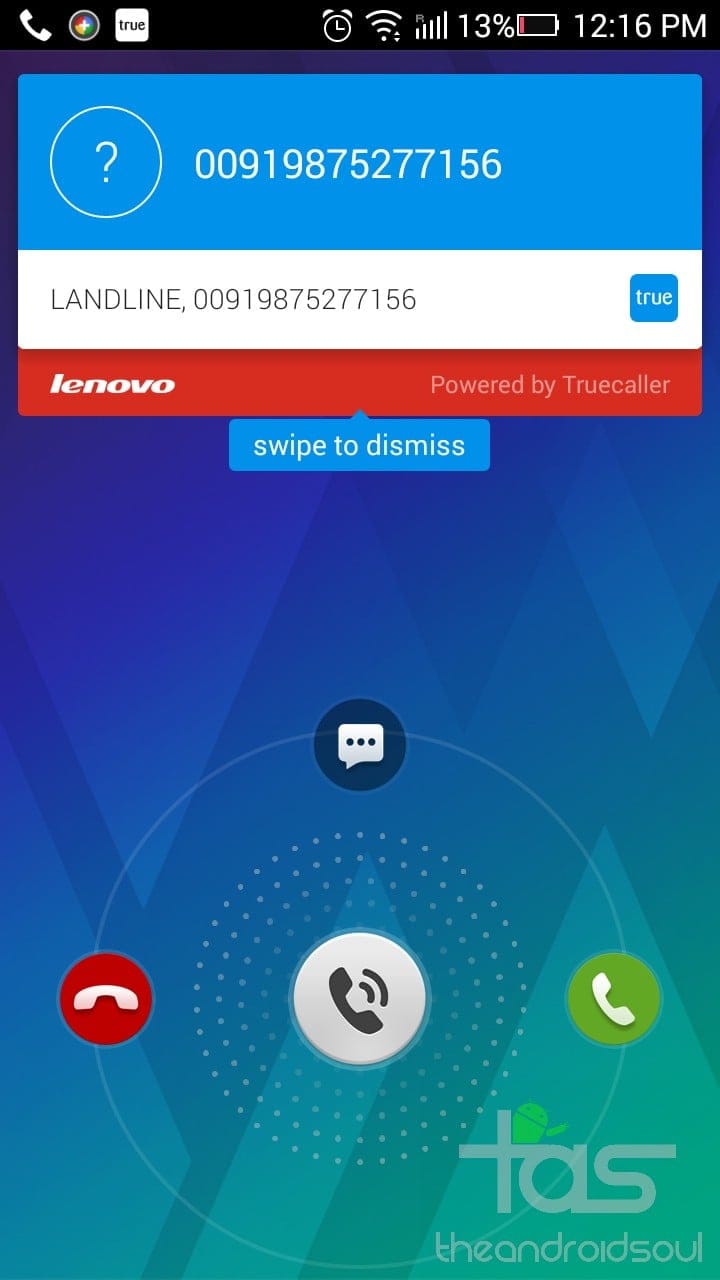
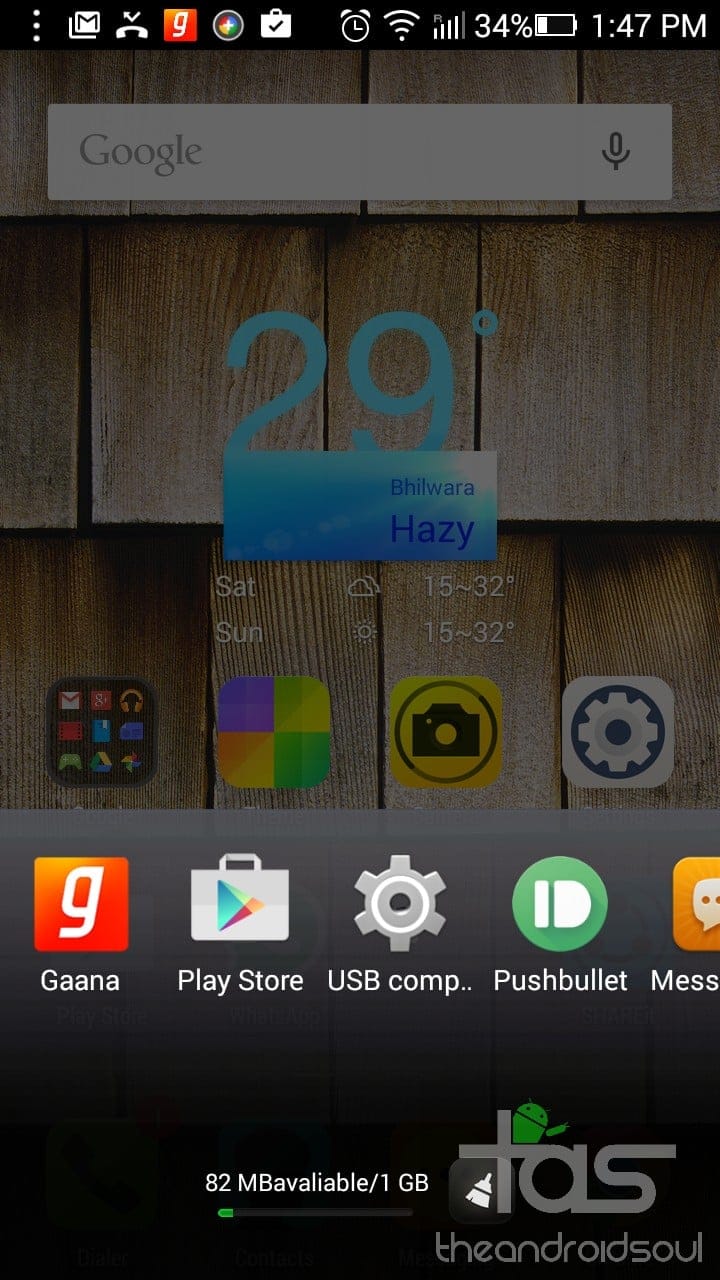
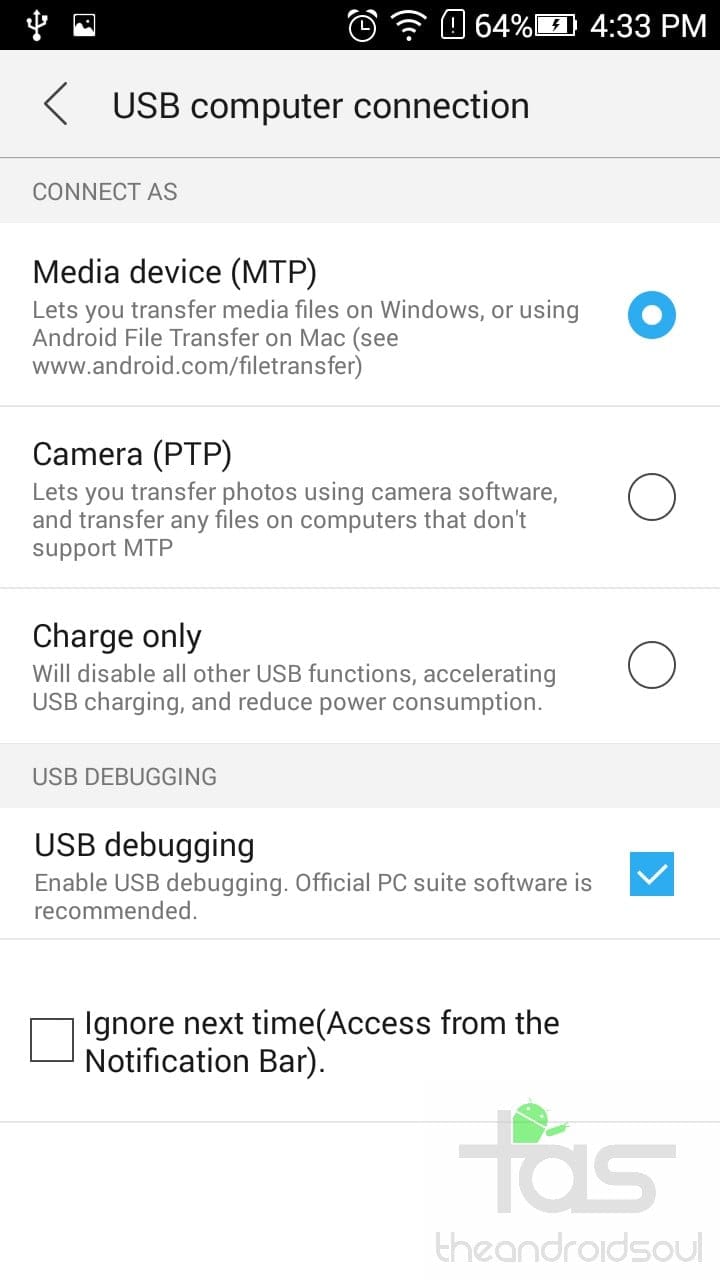

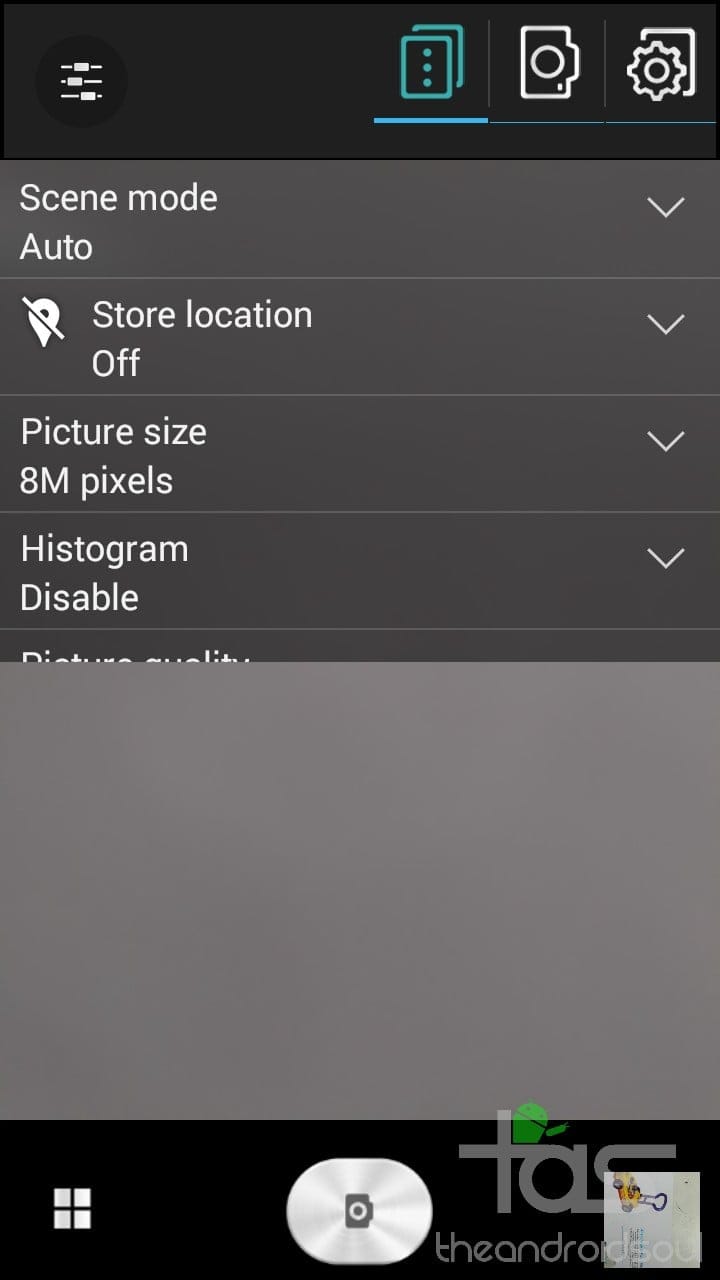

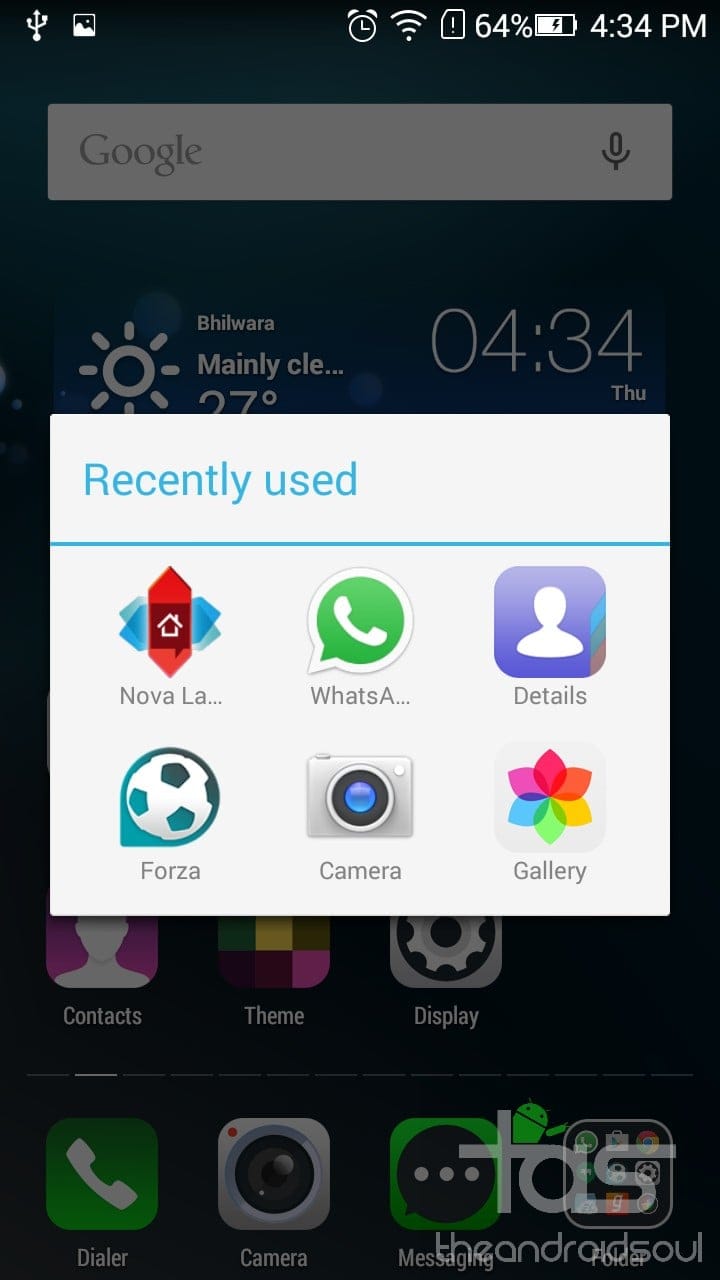
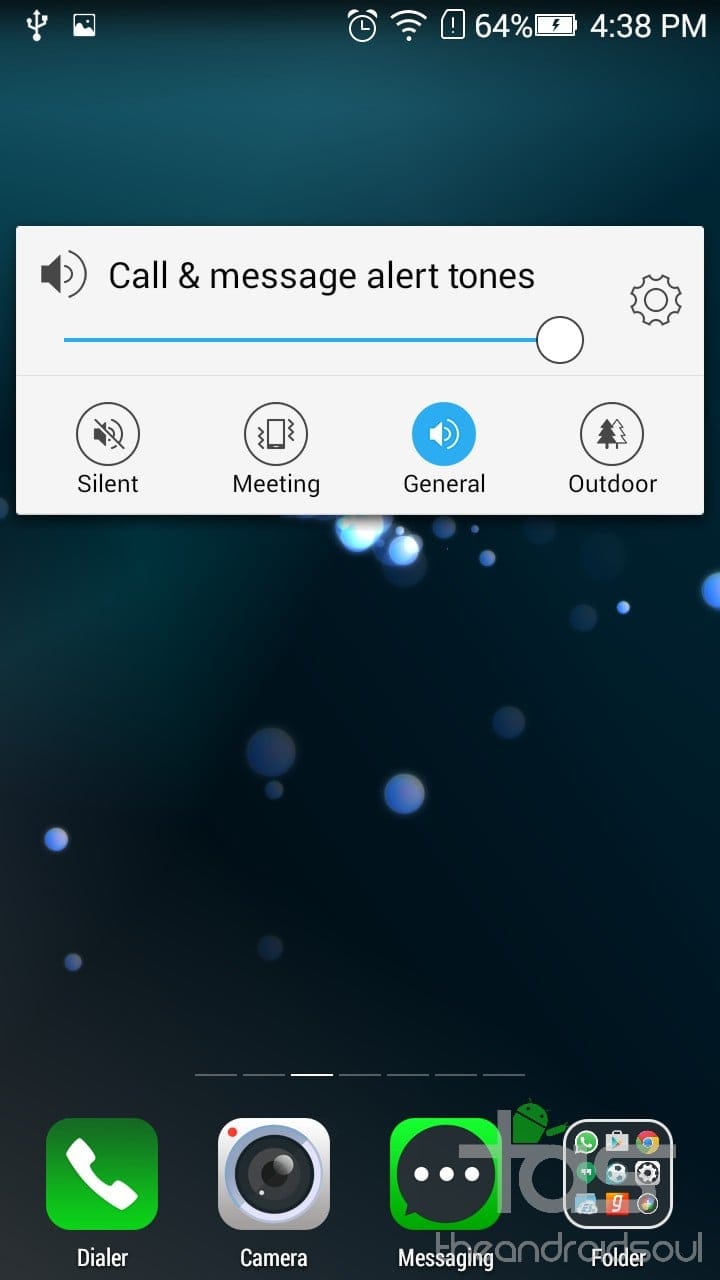
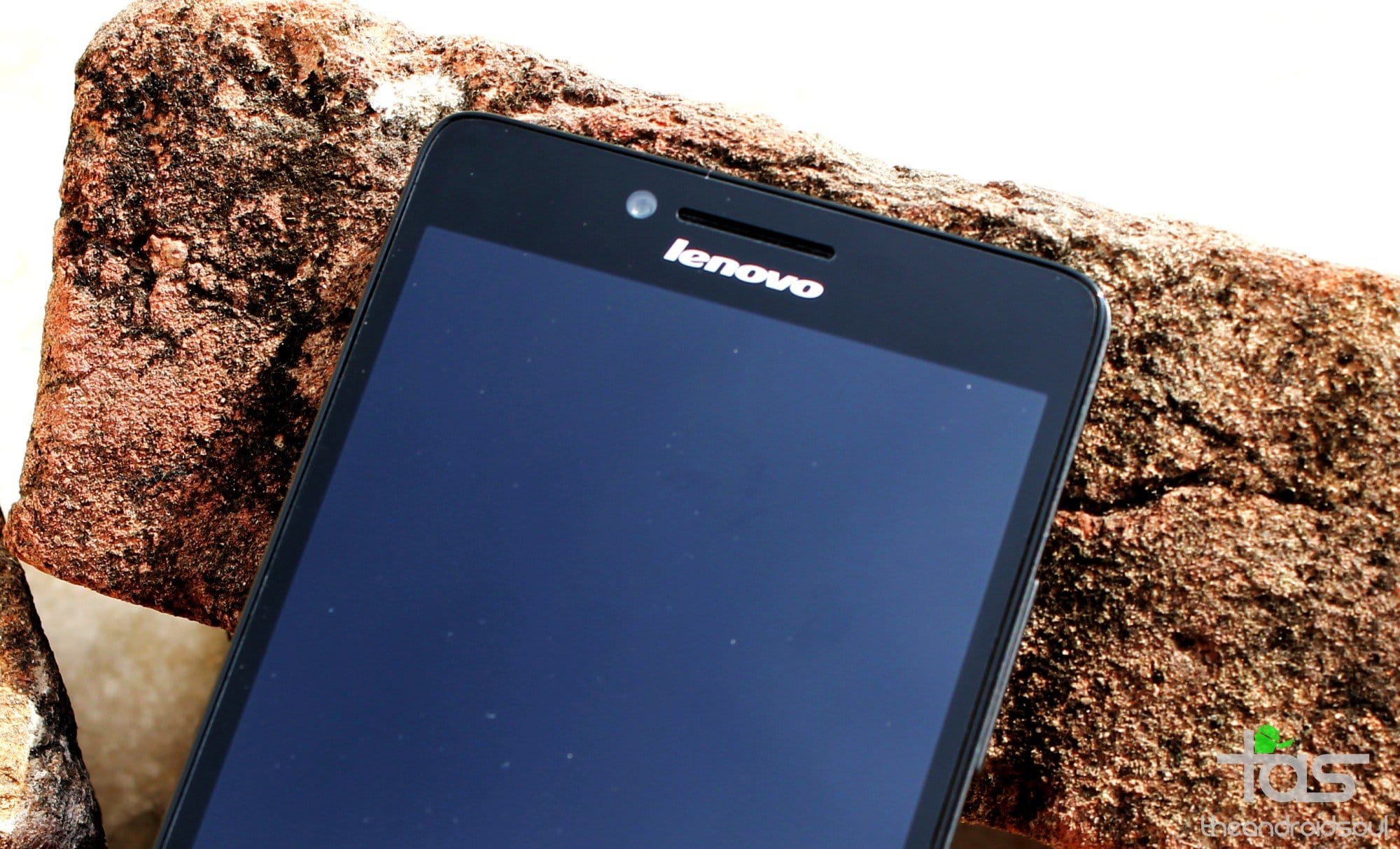
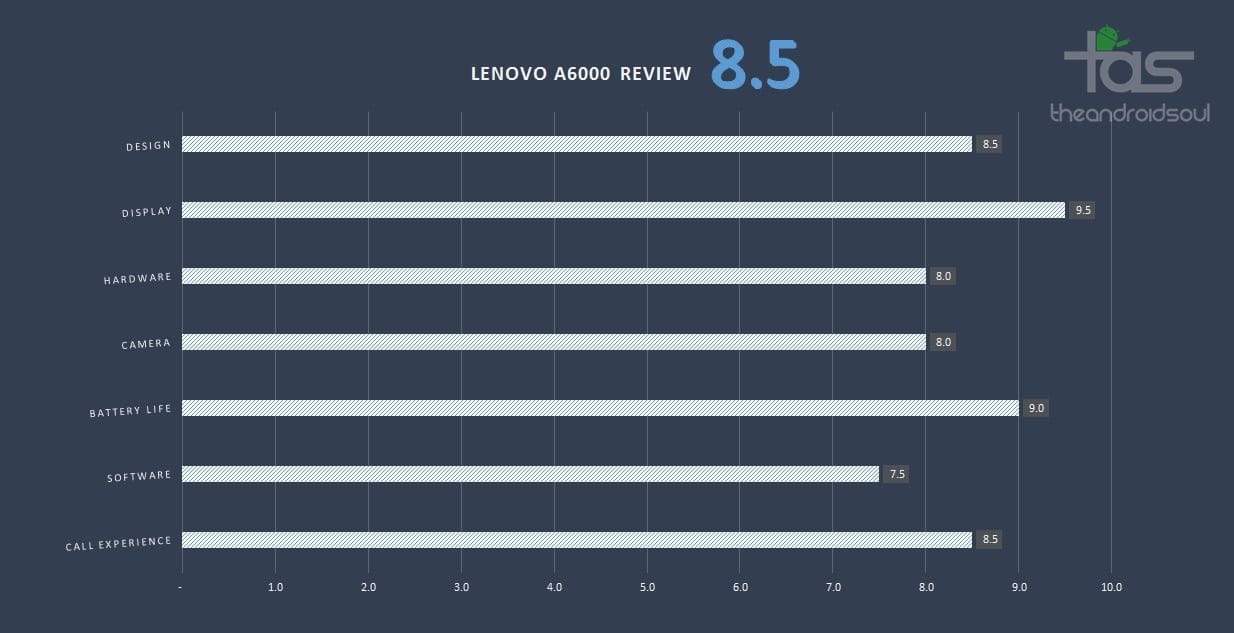







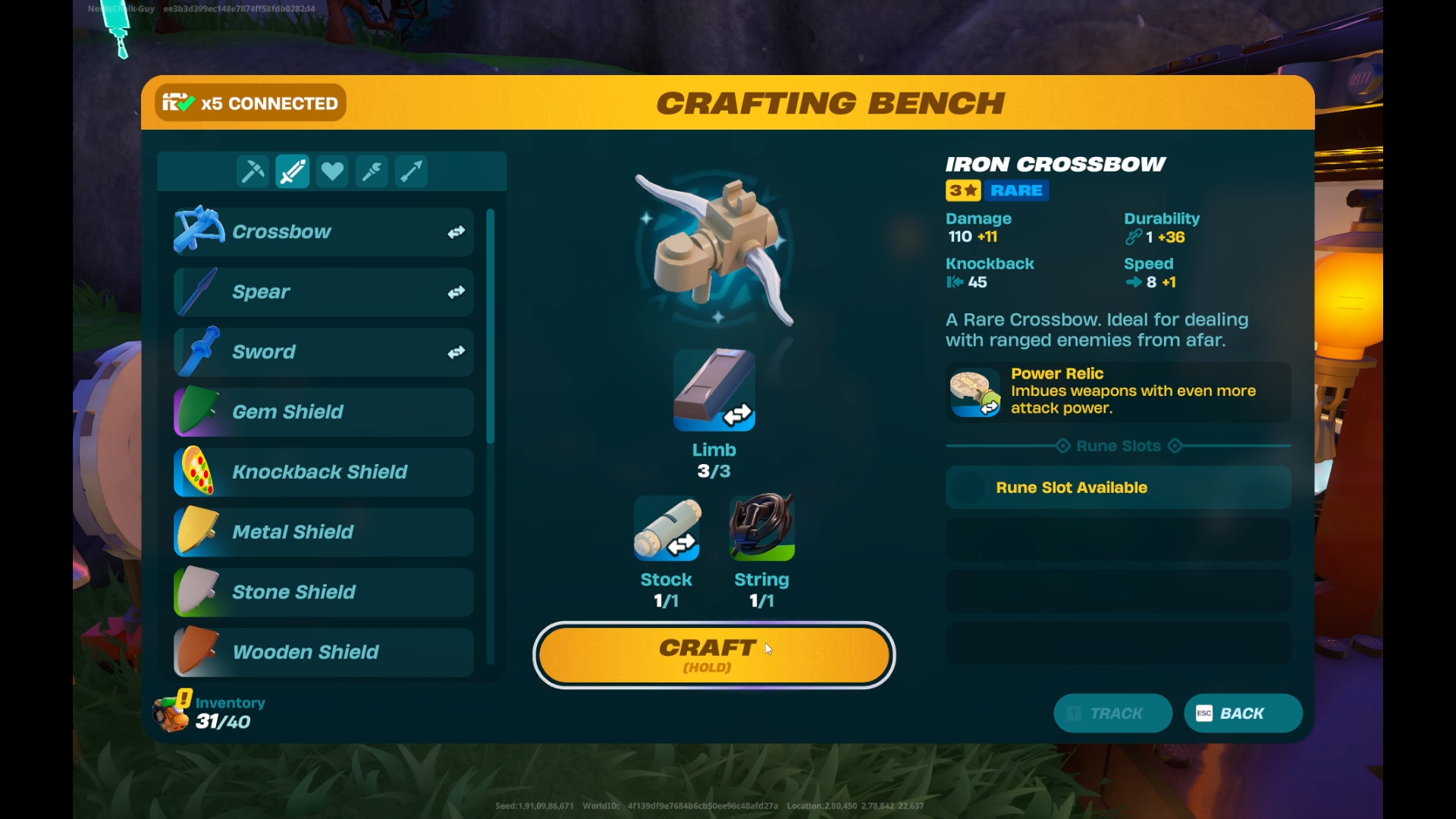



Discussion